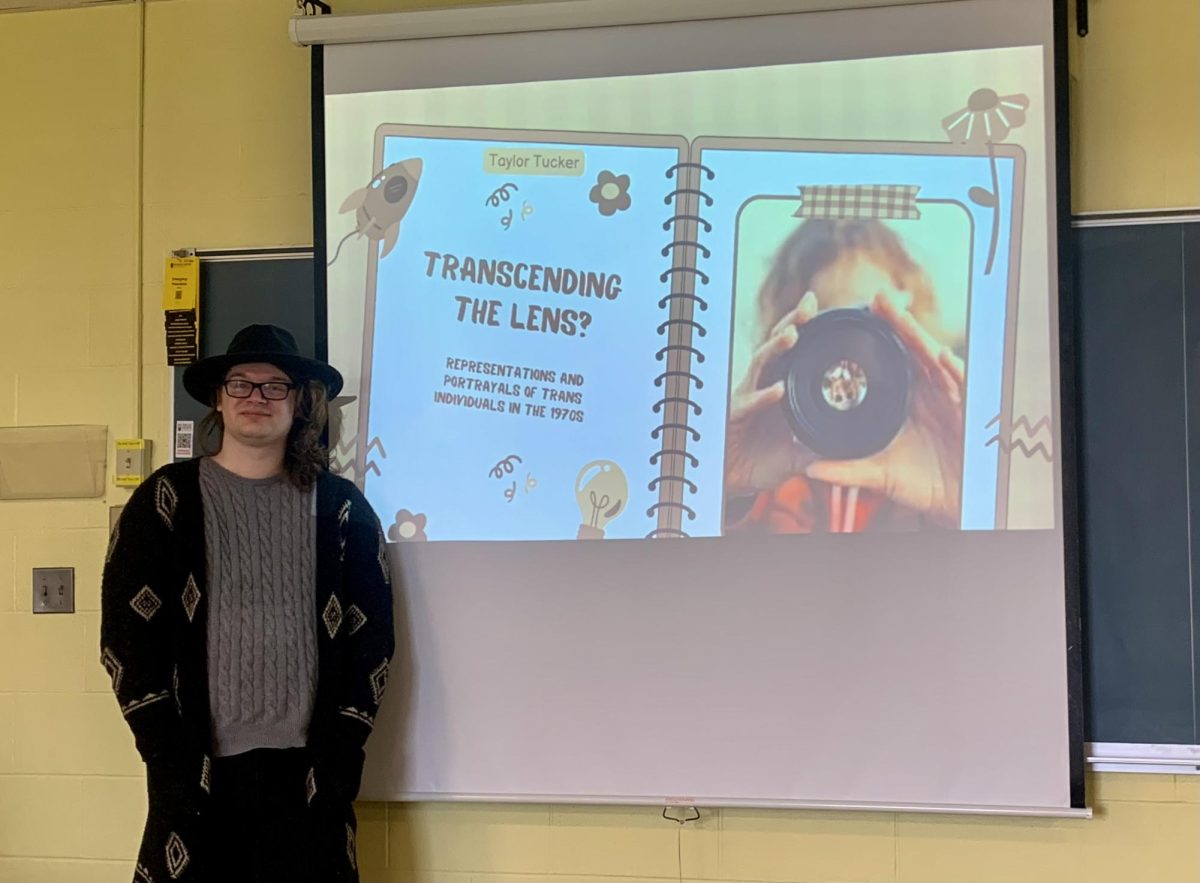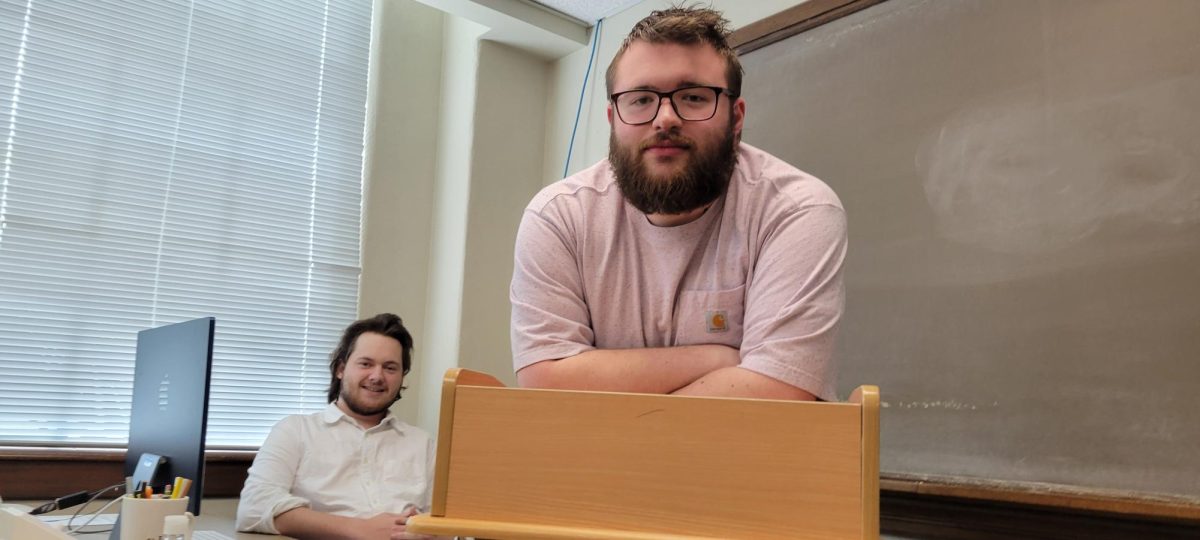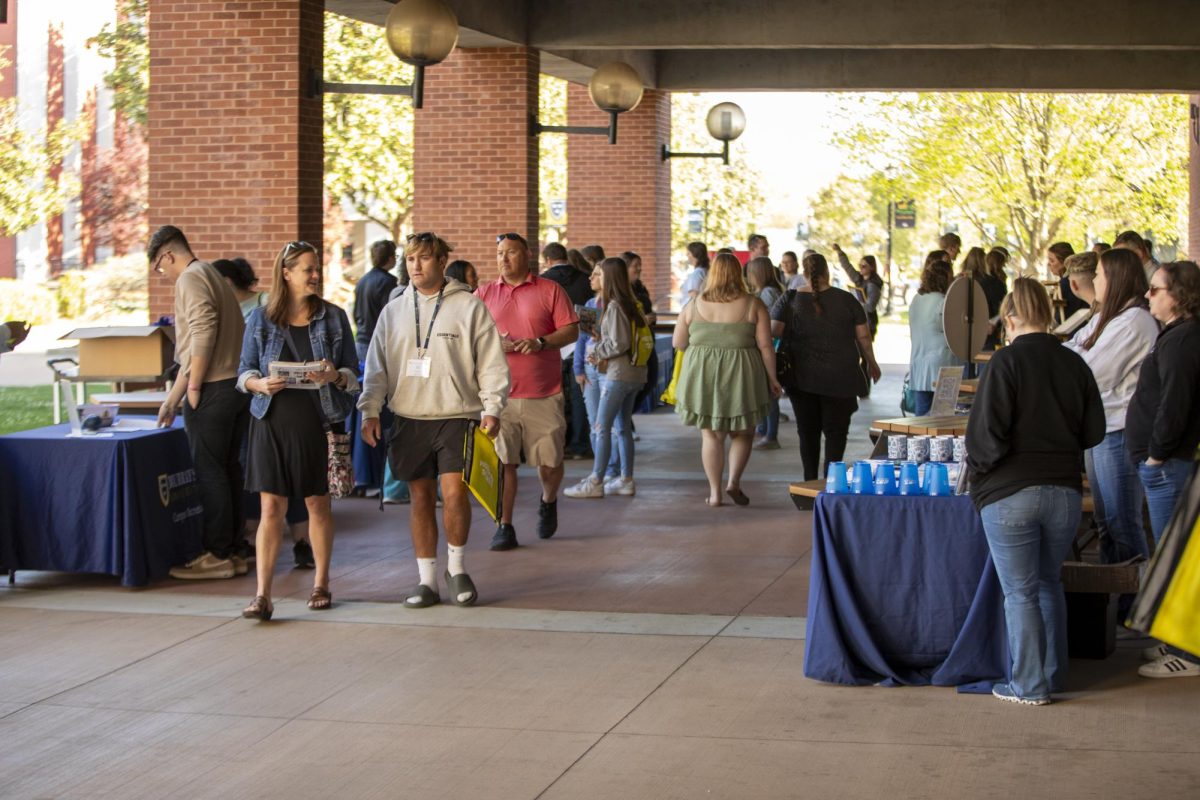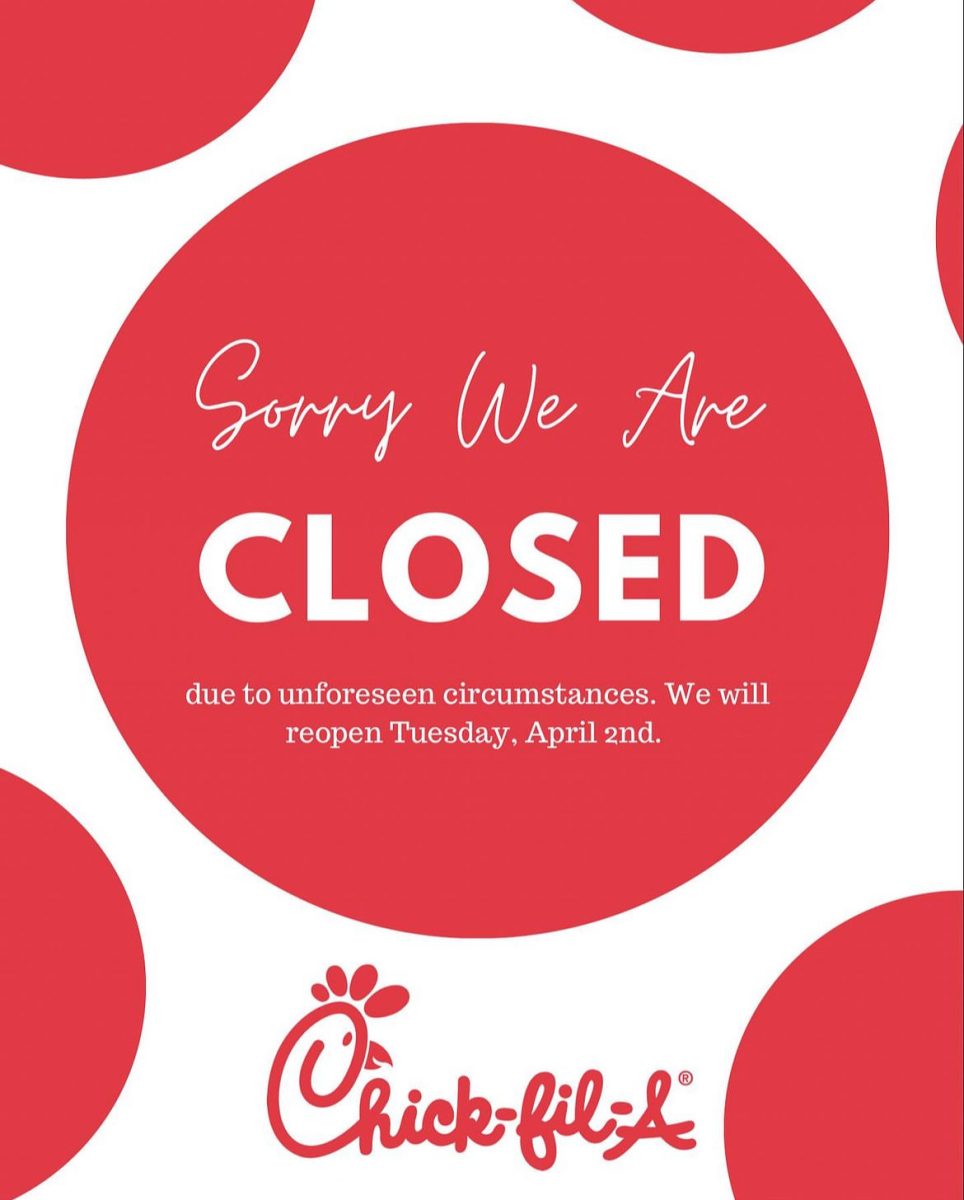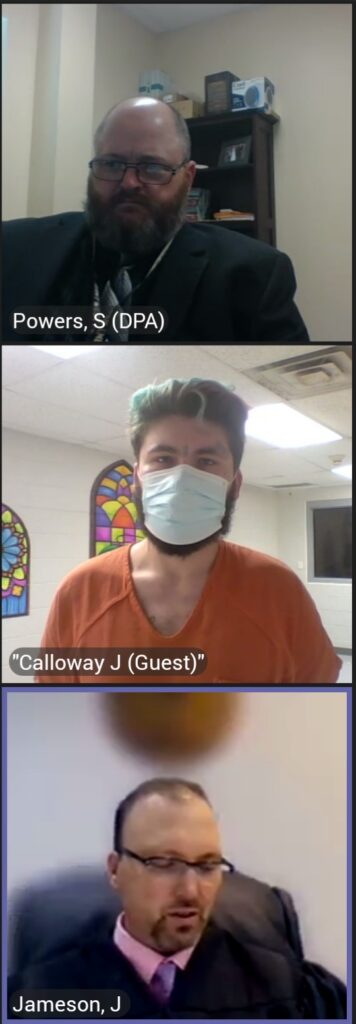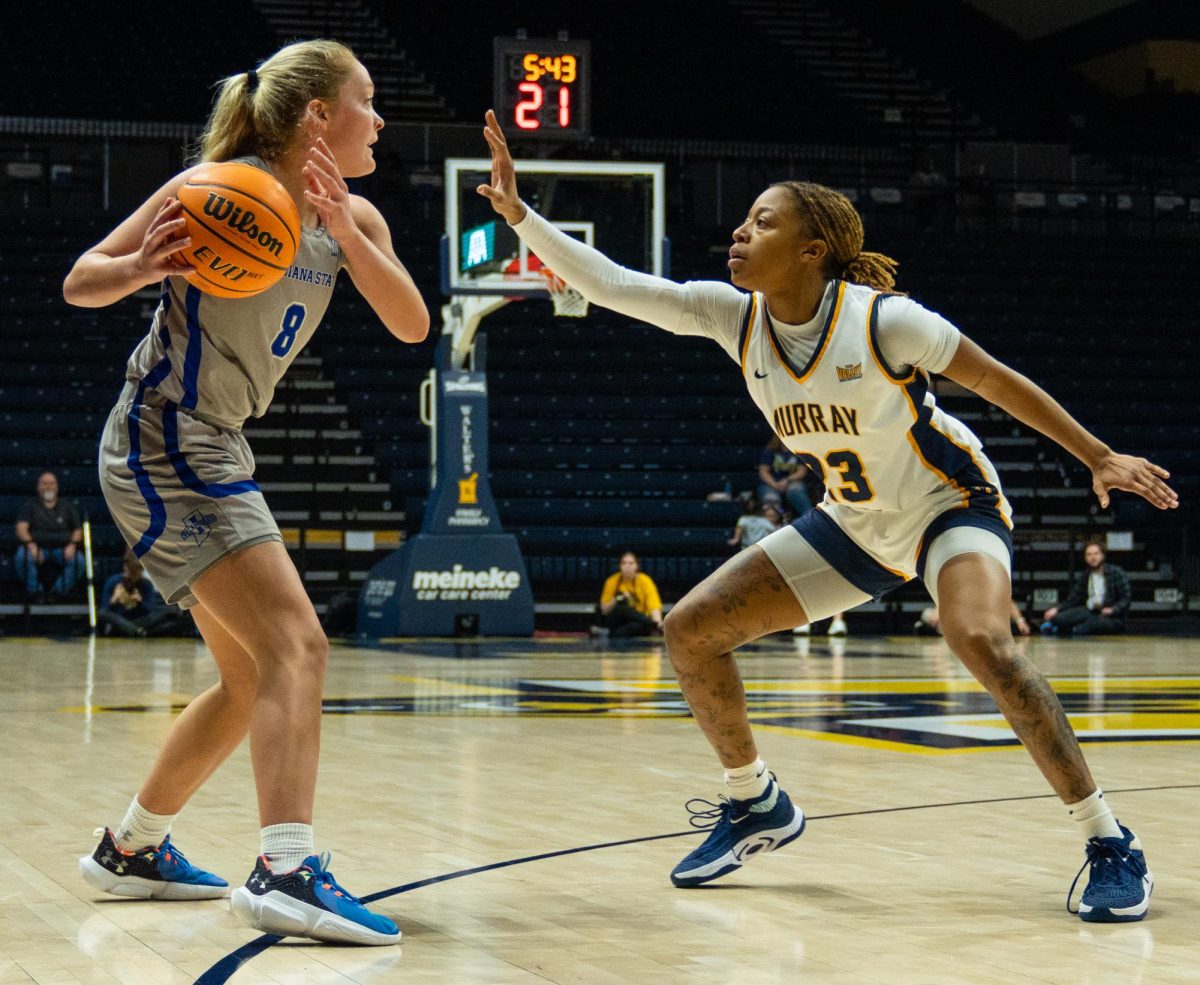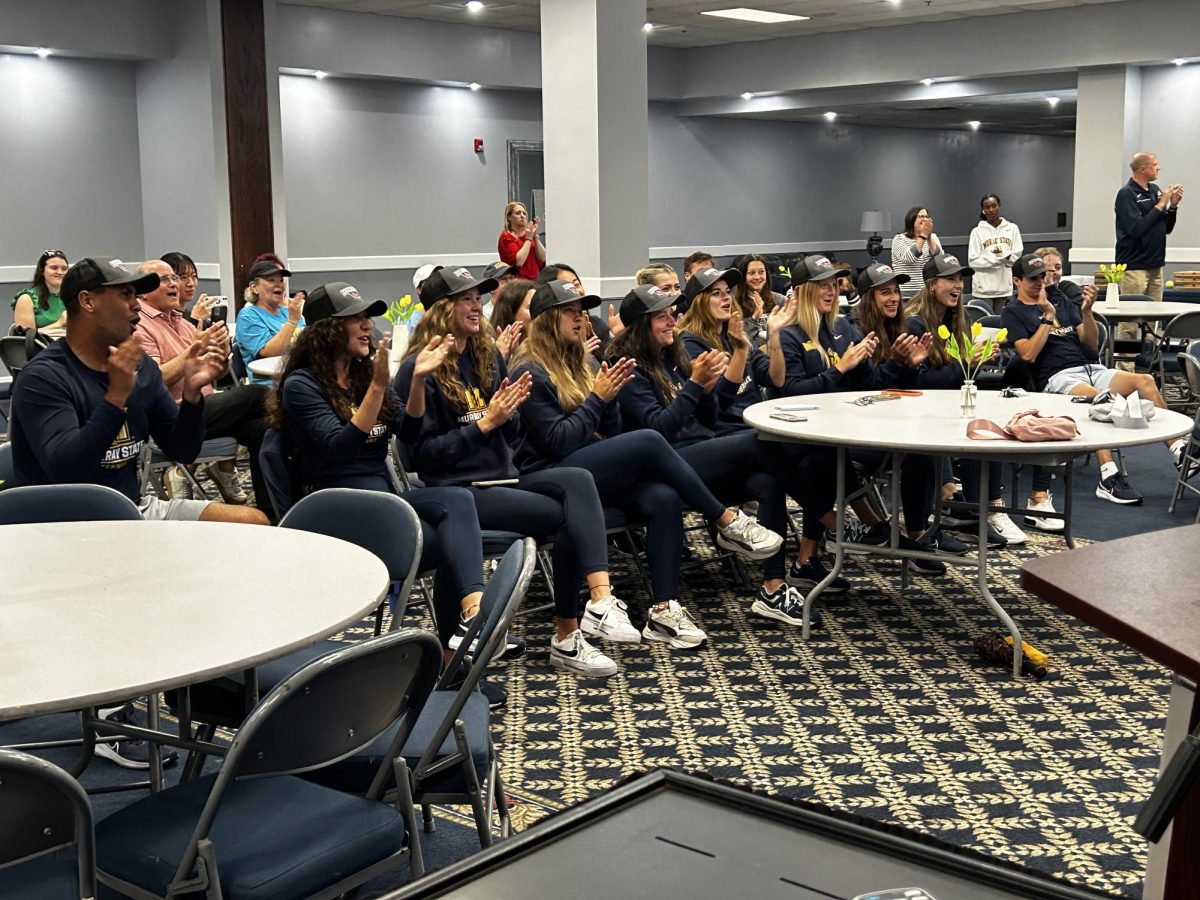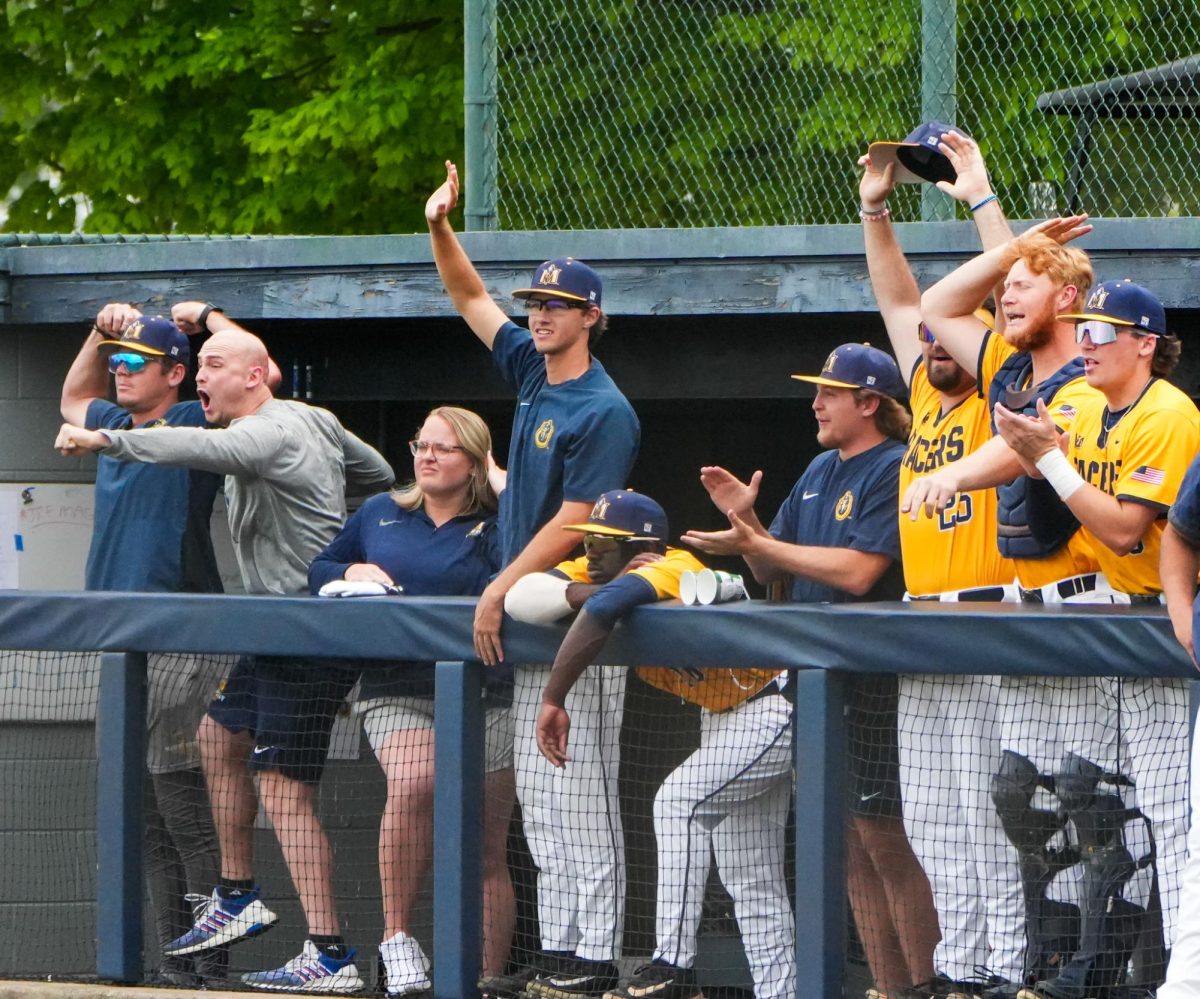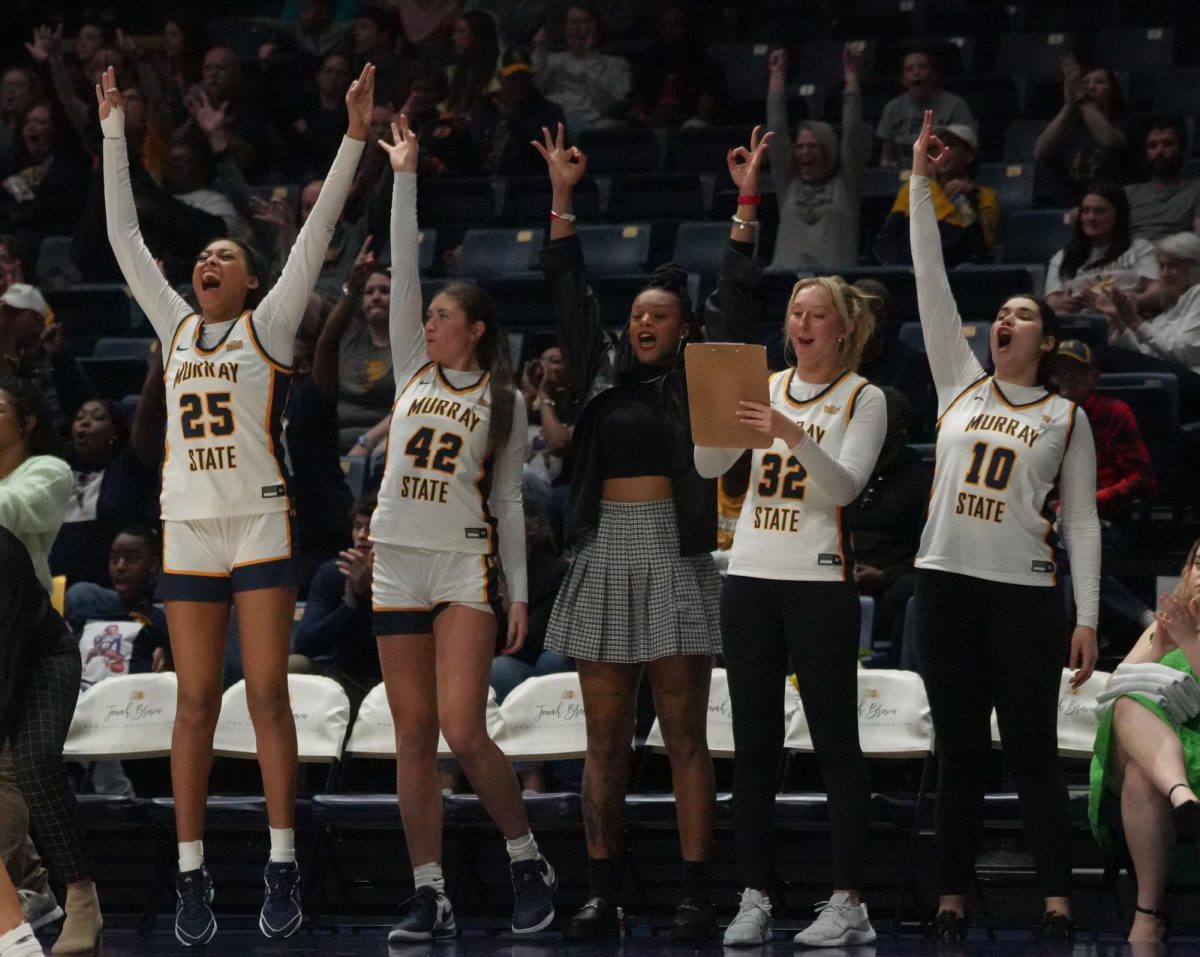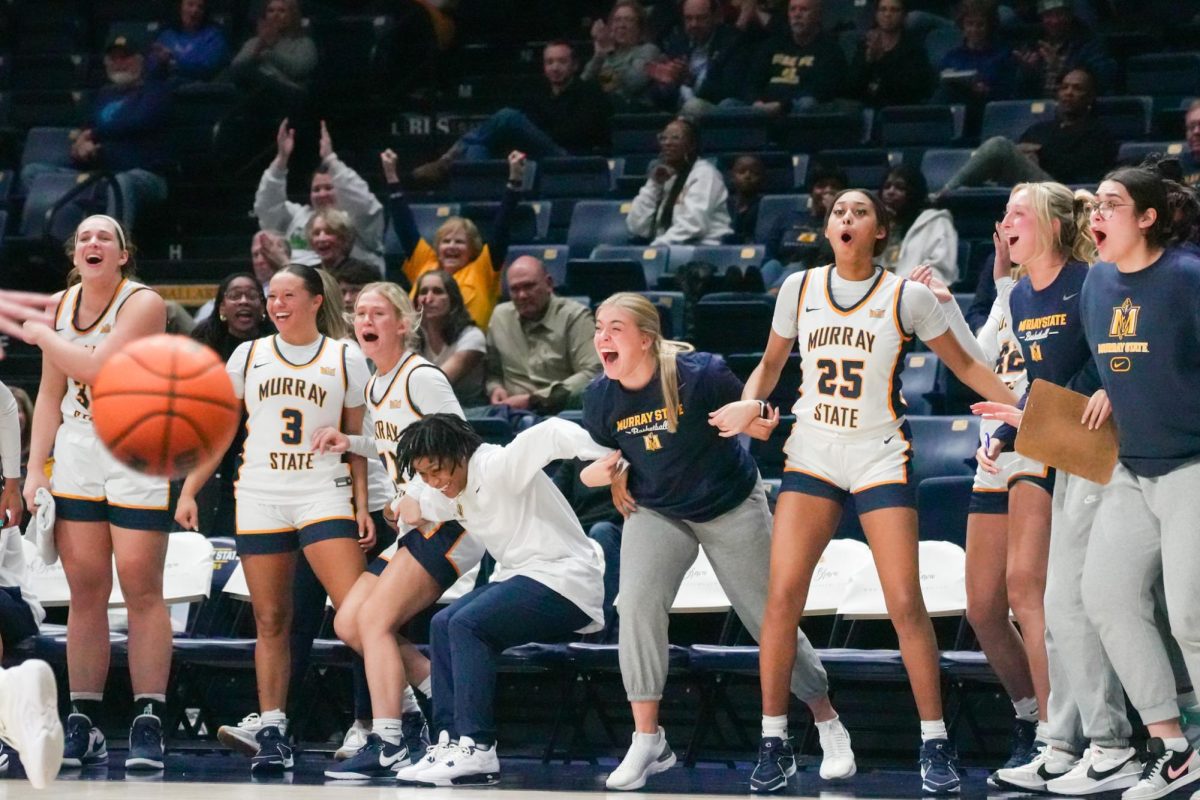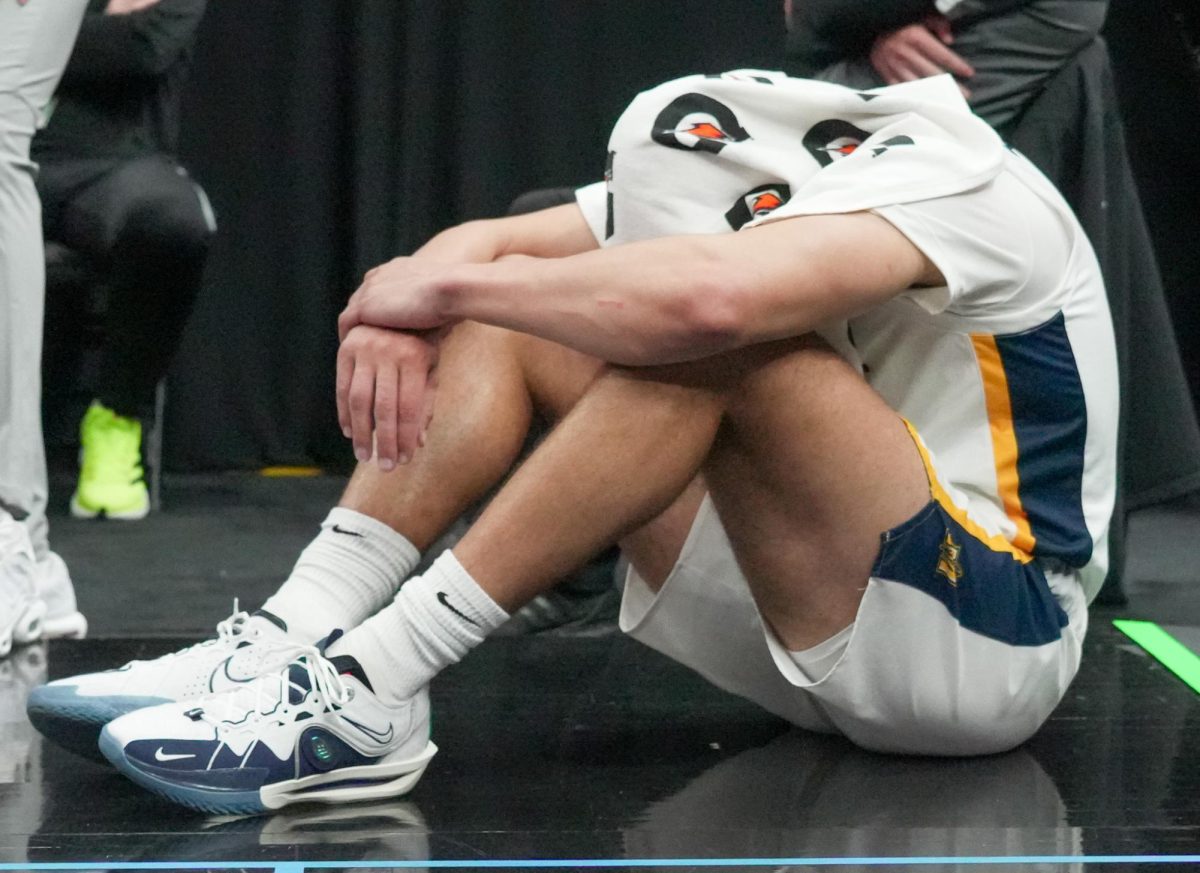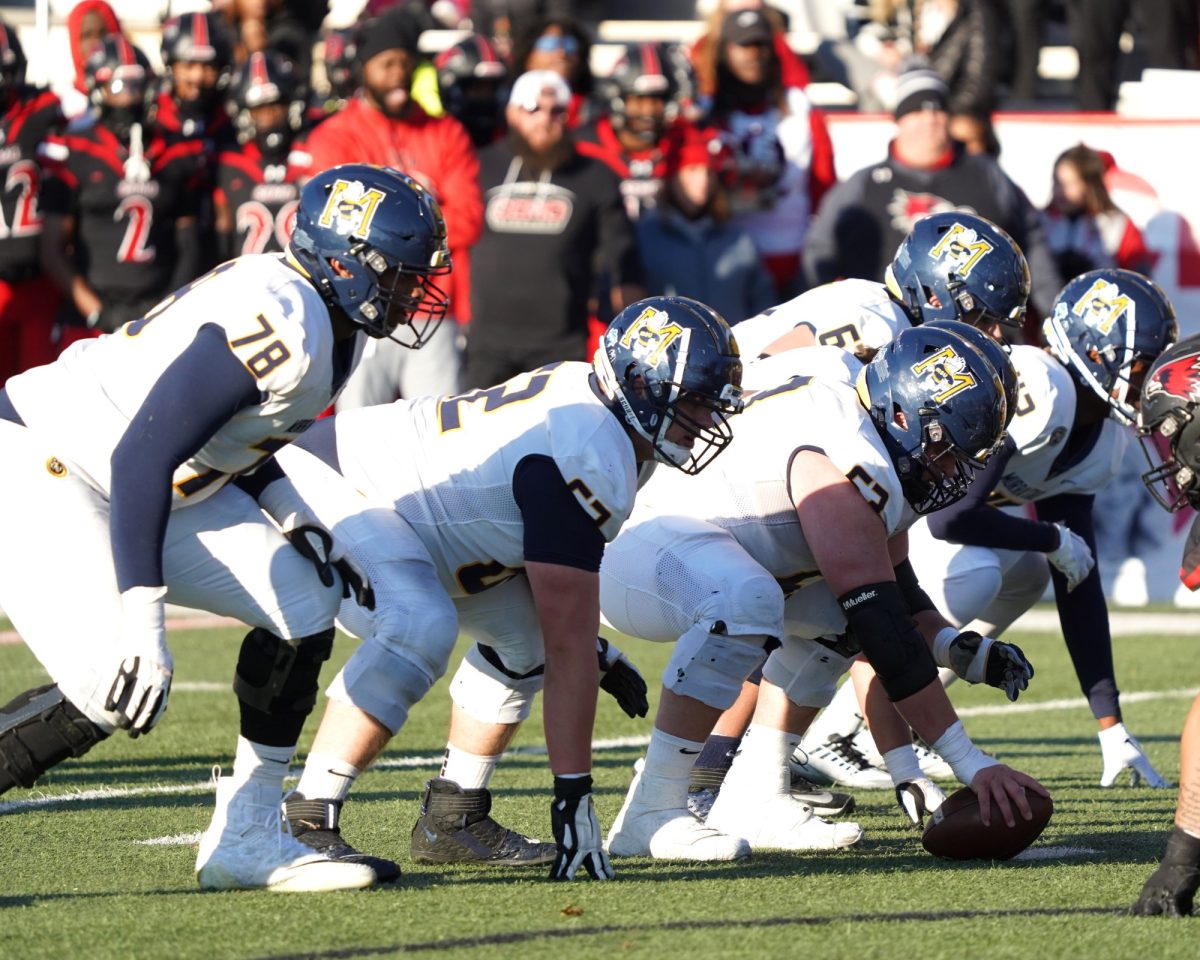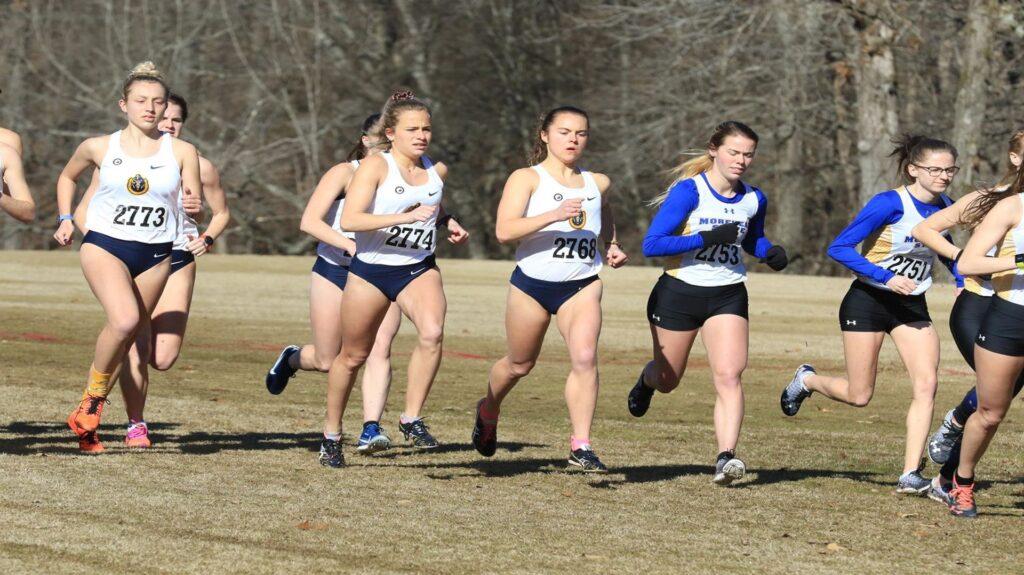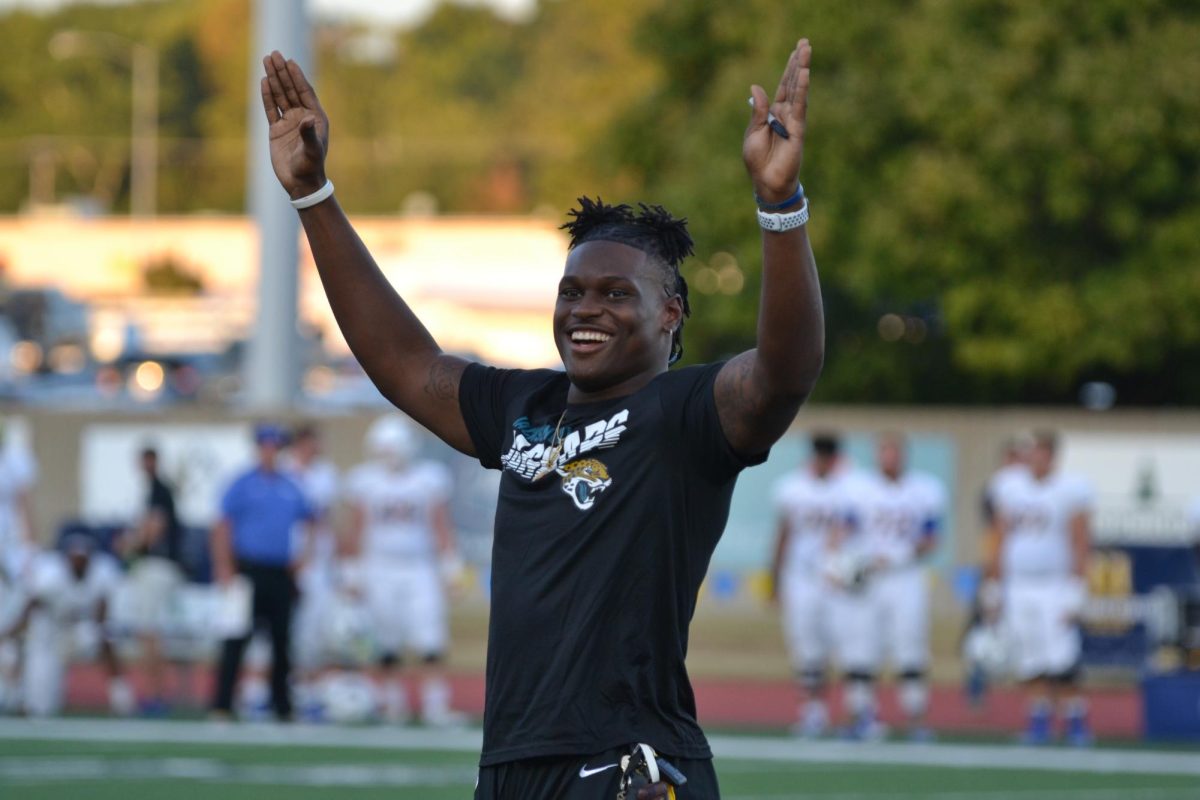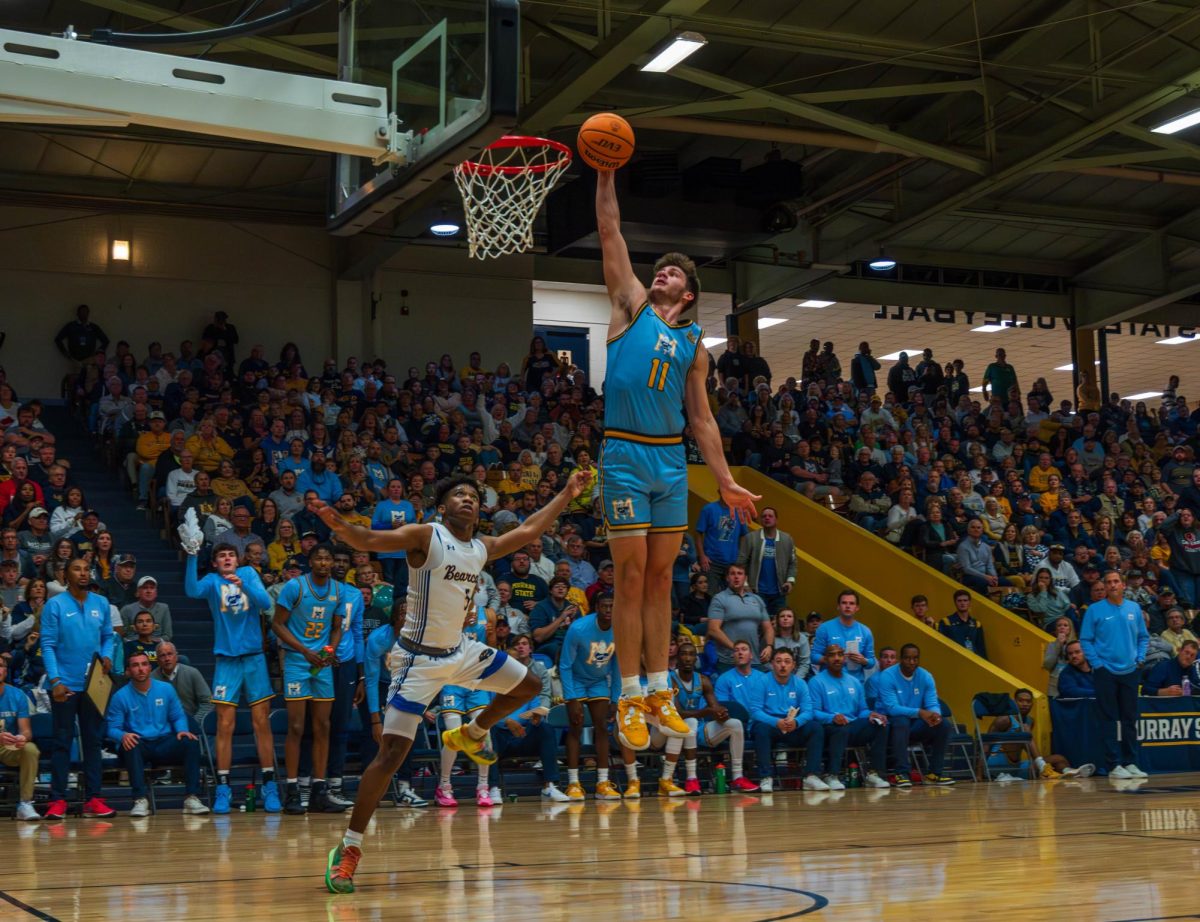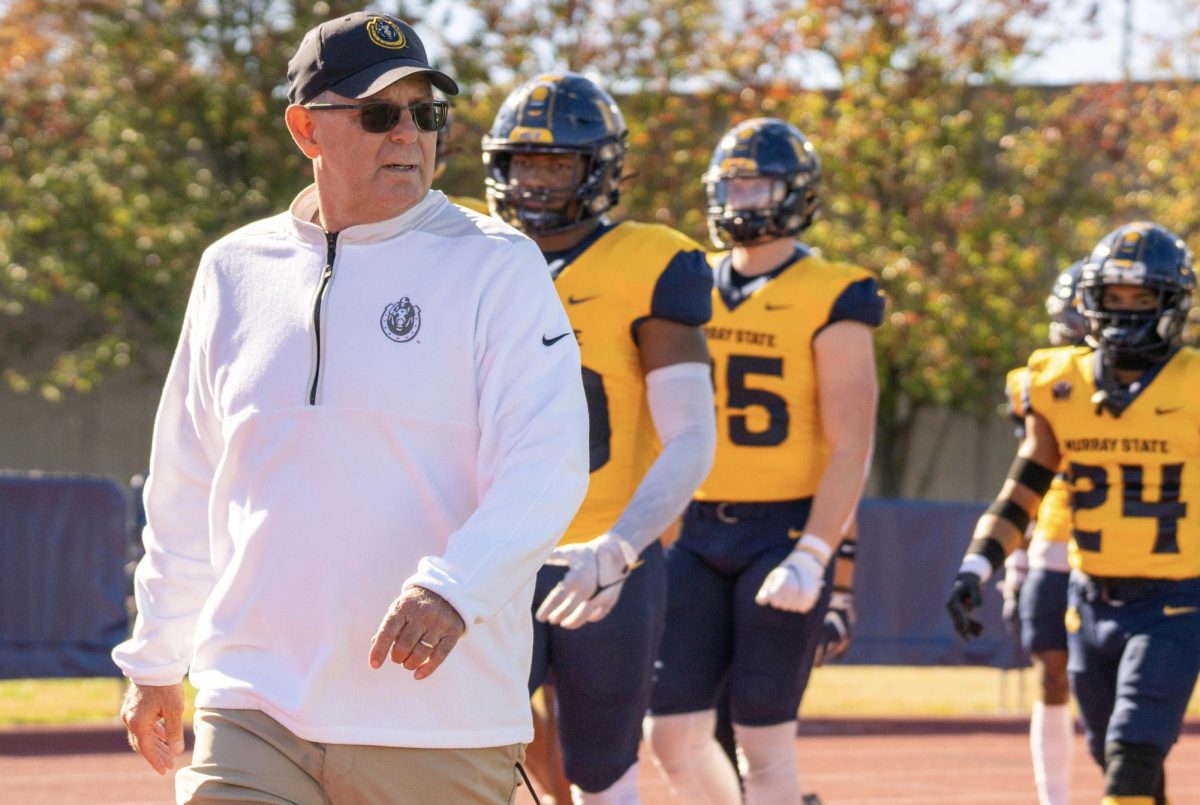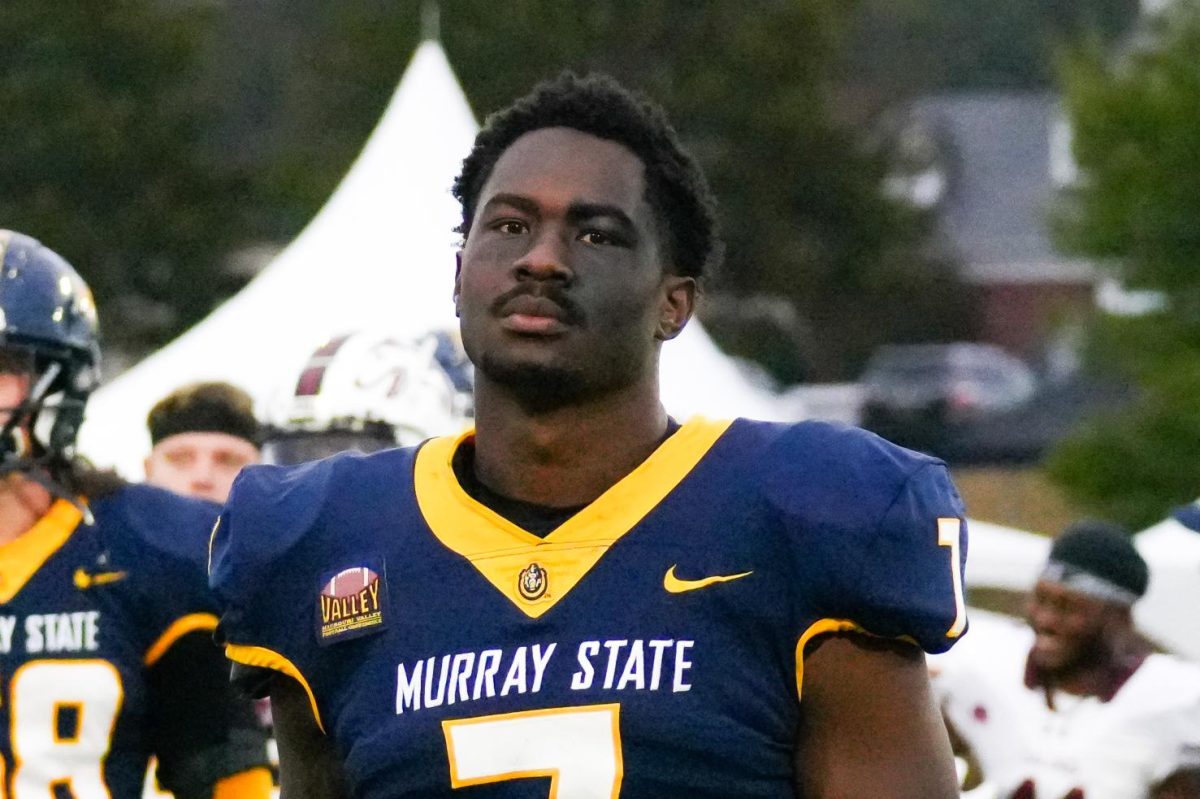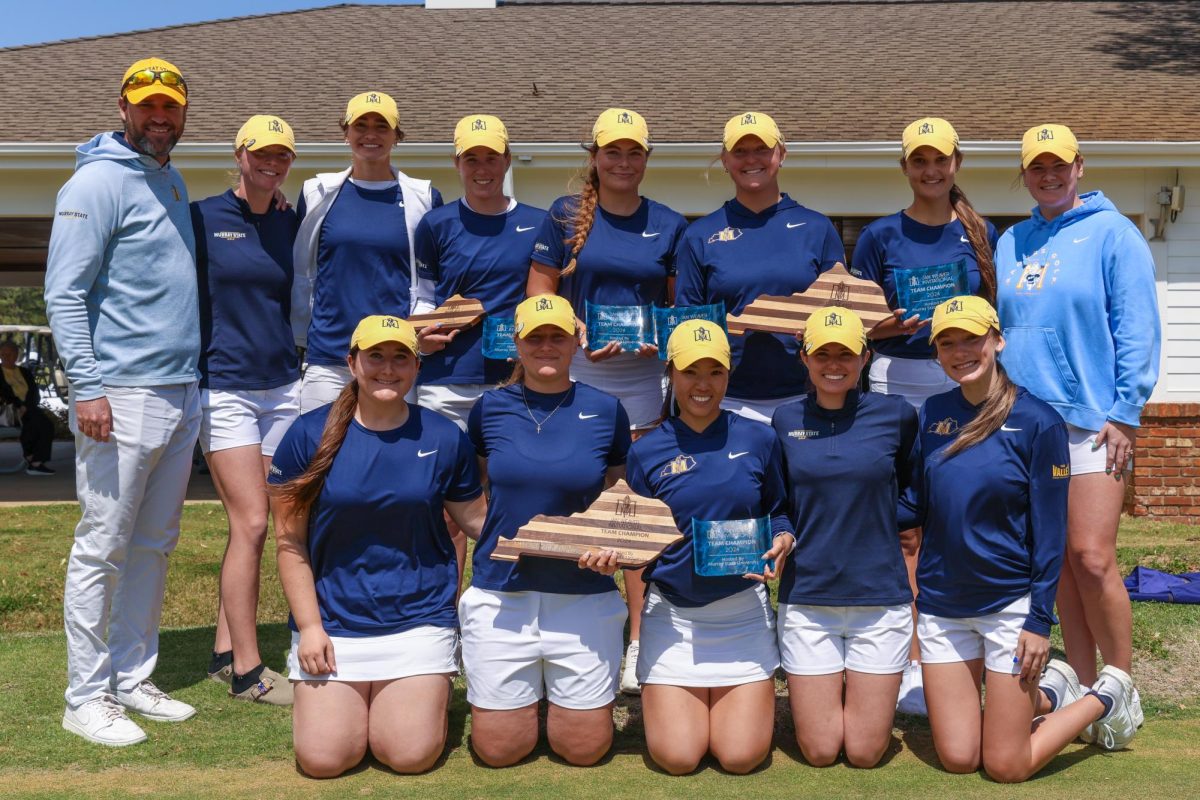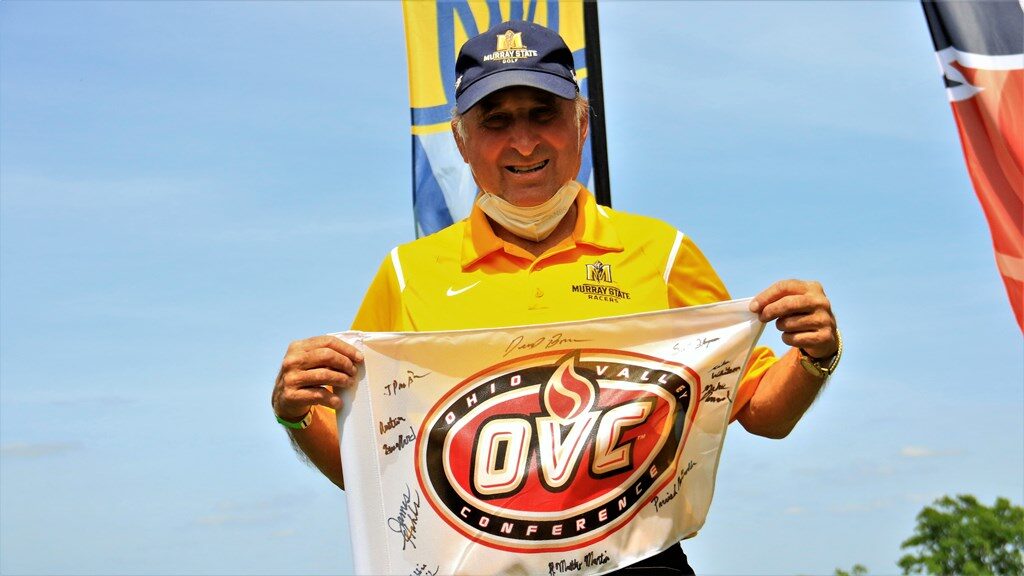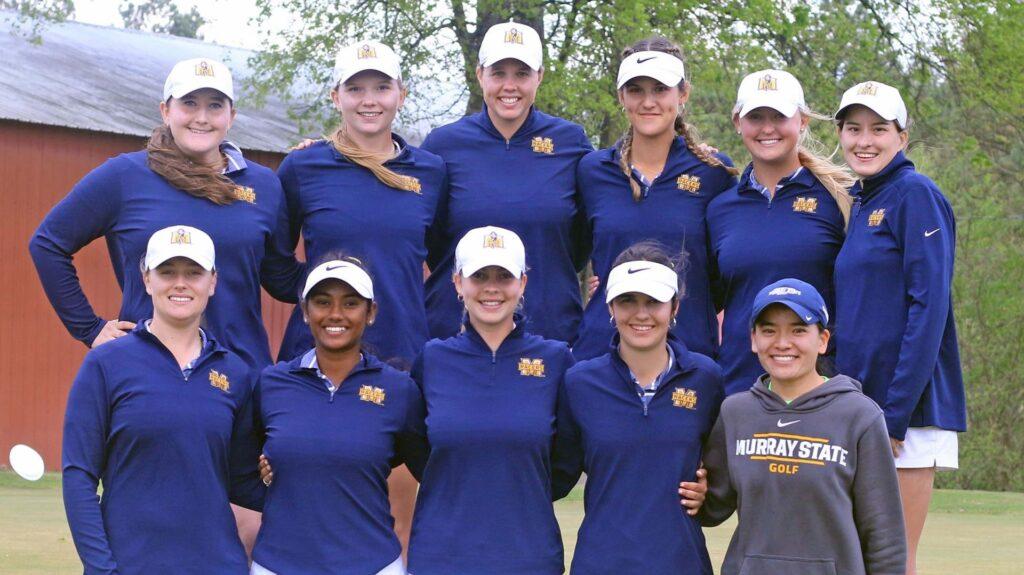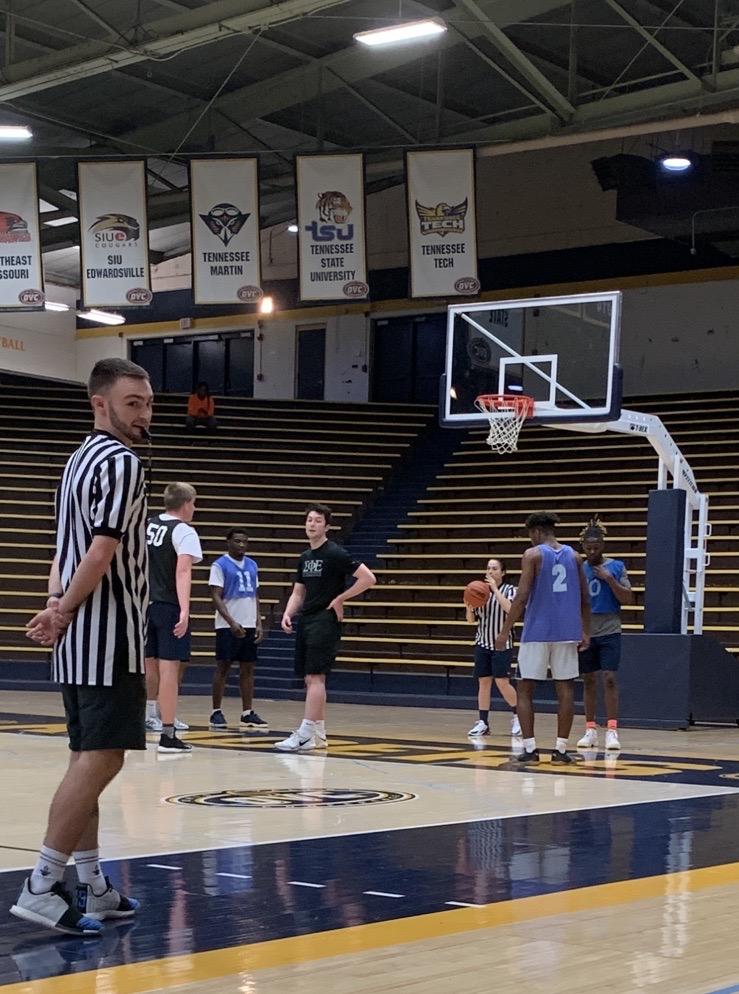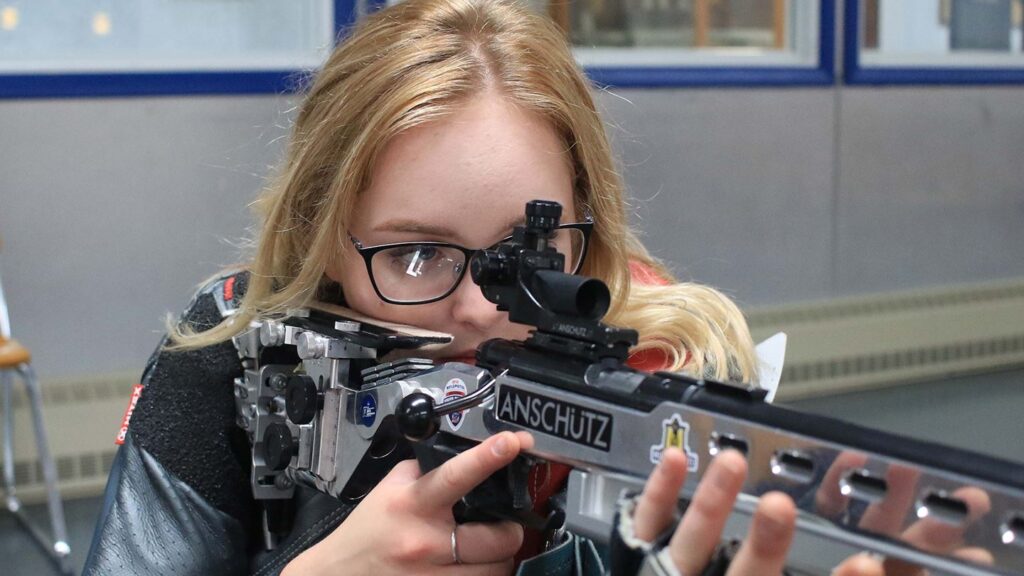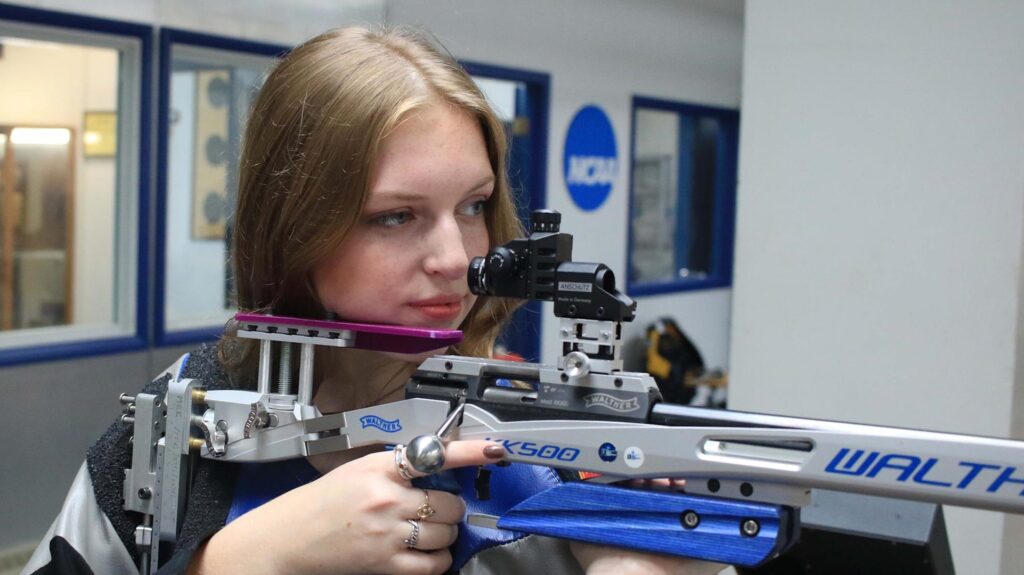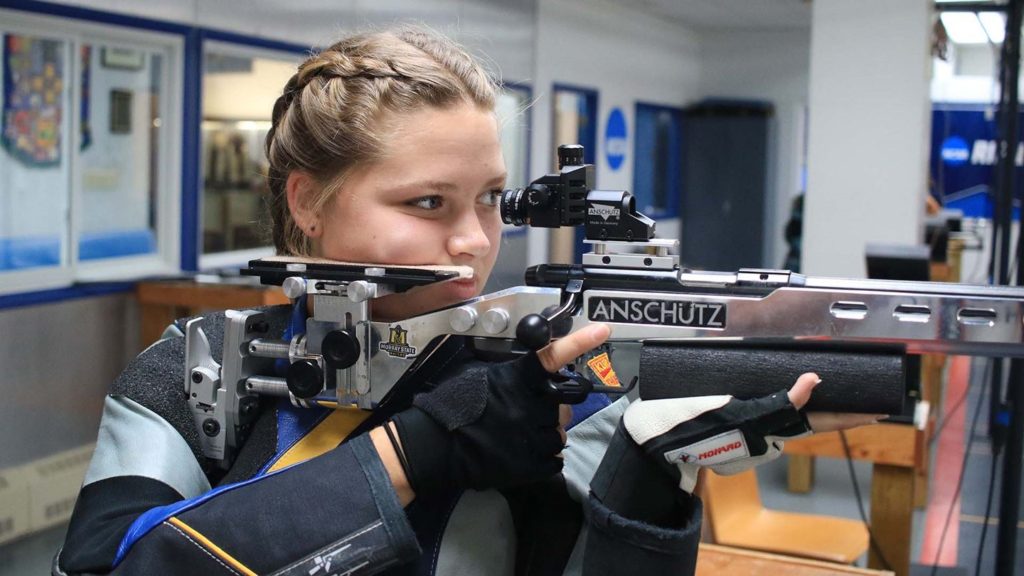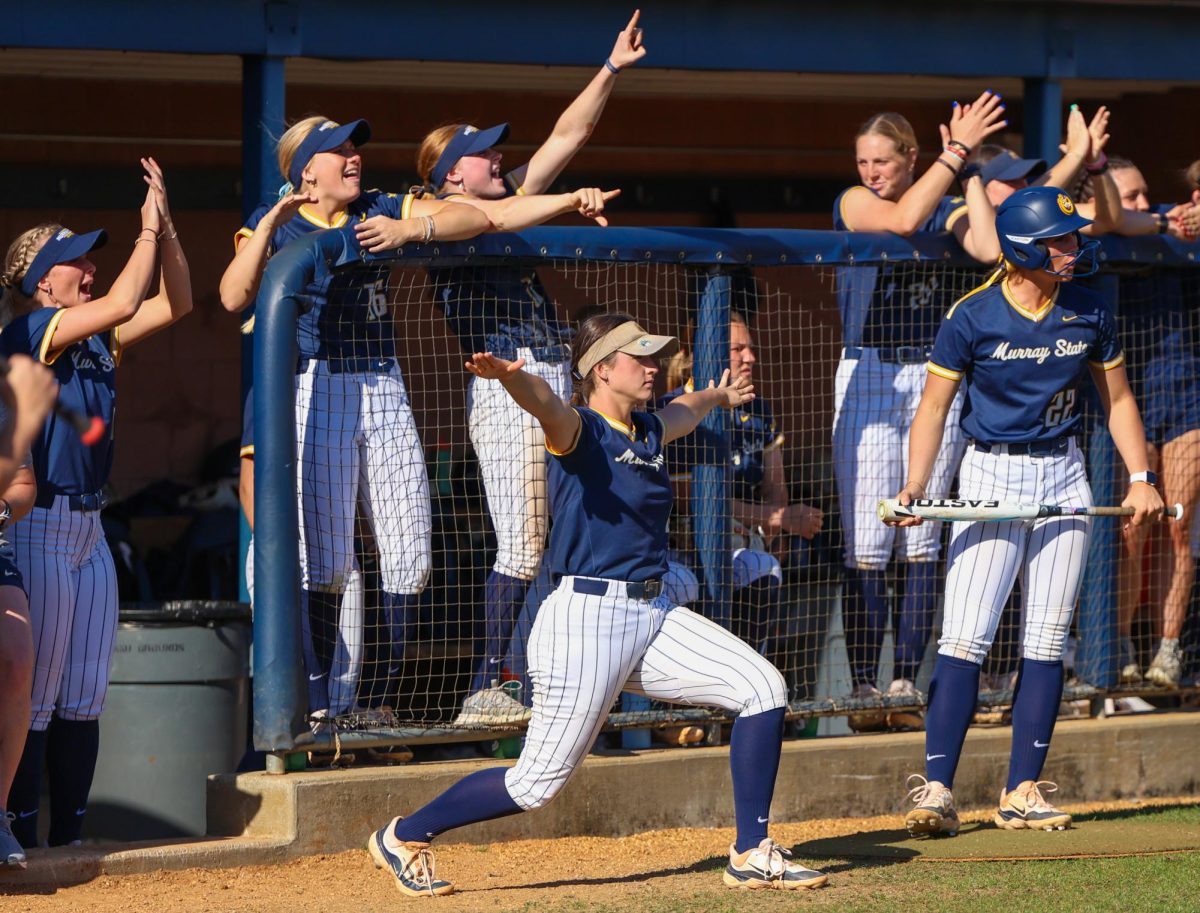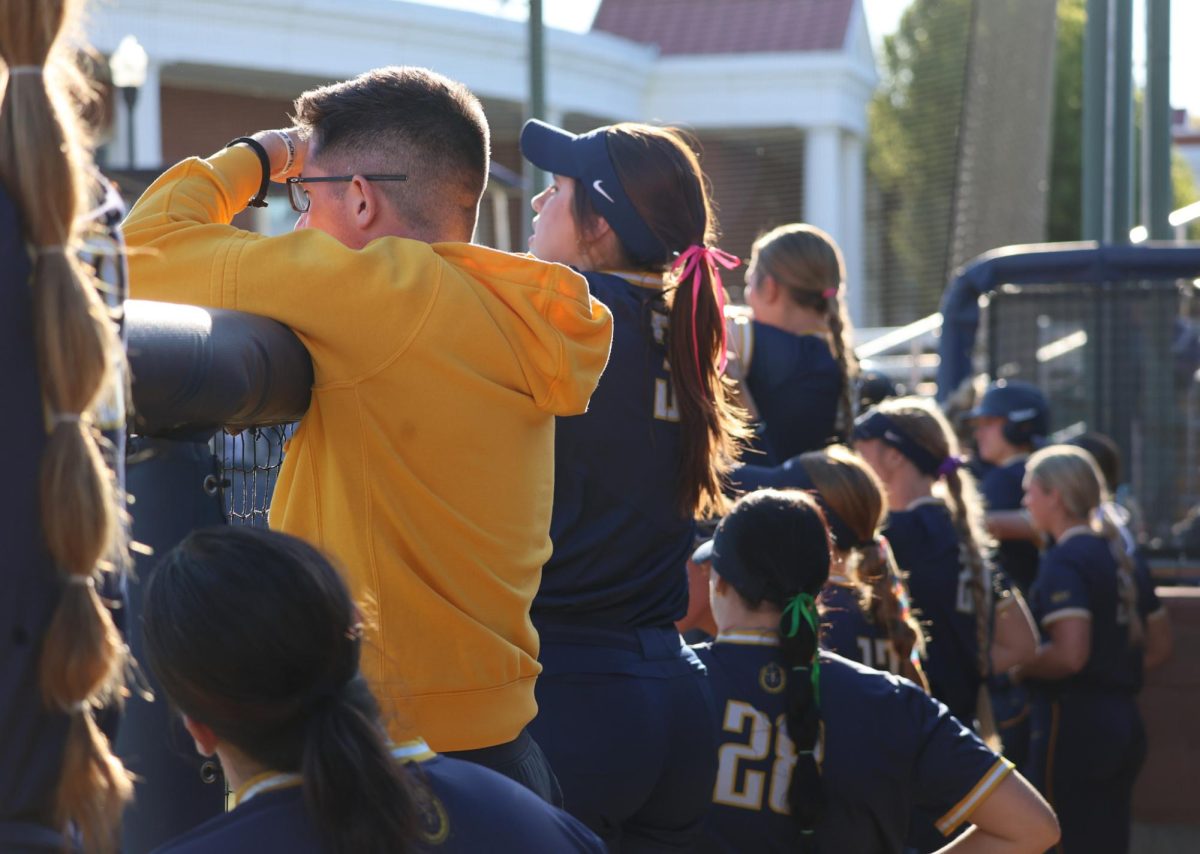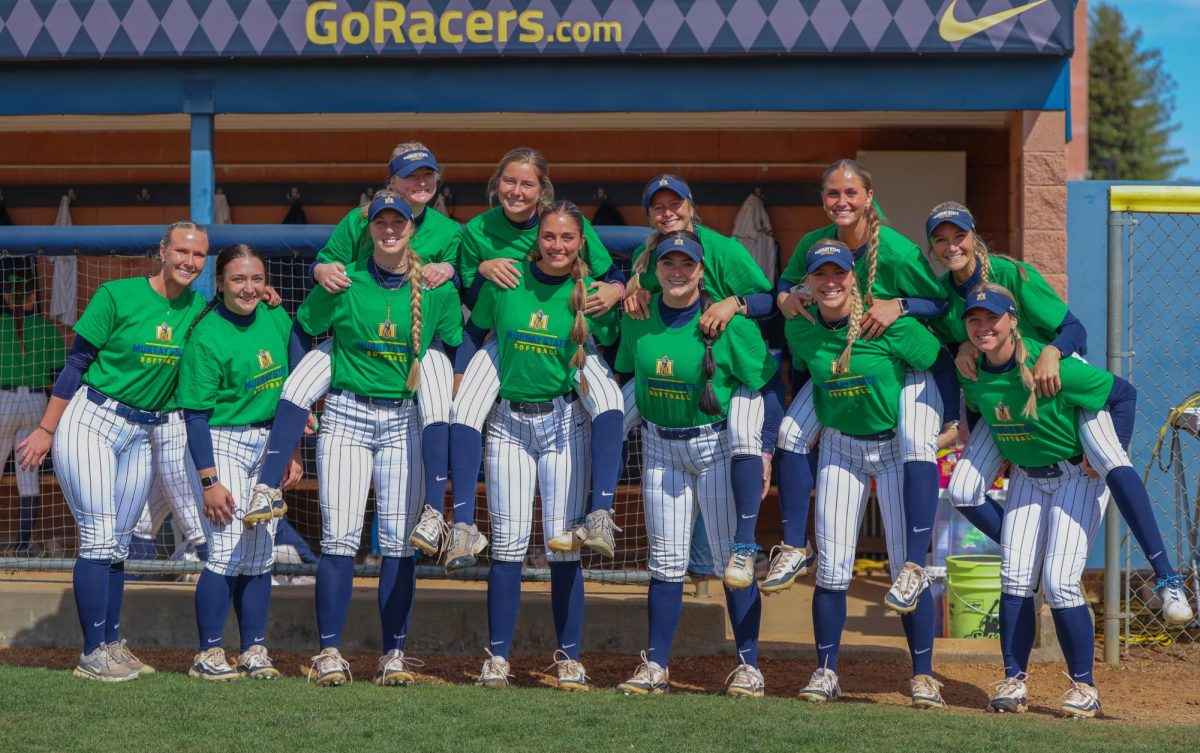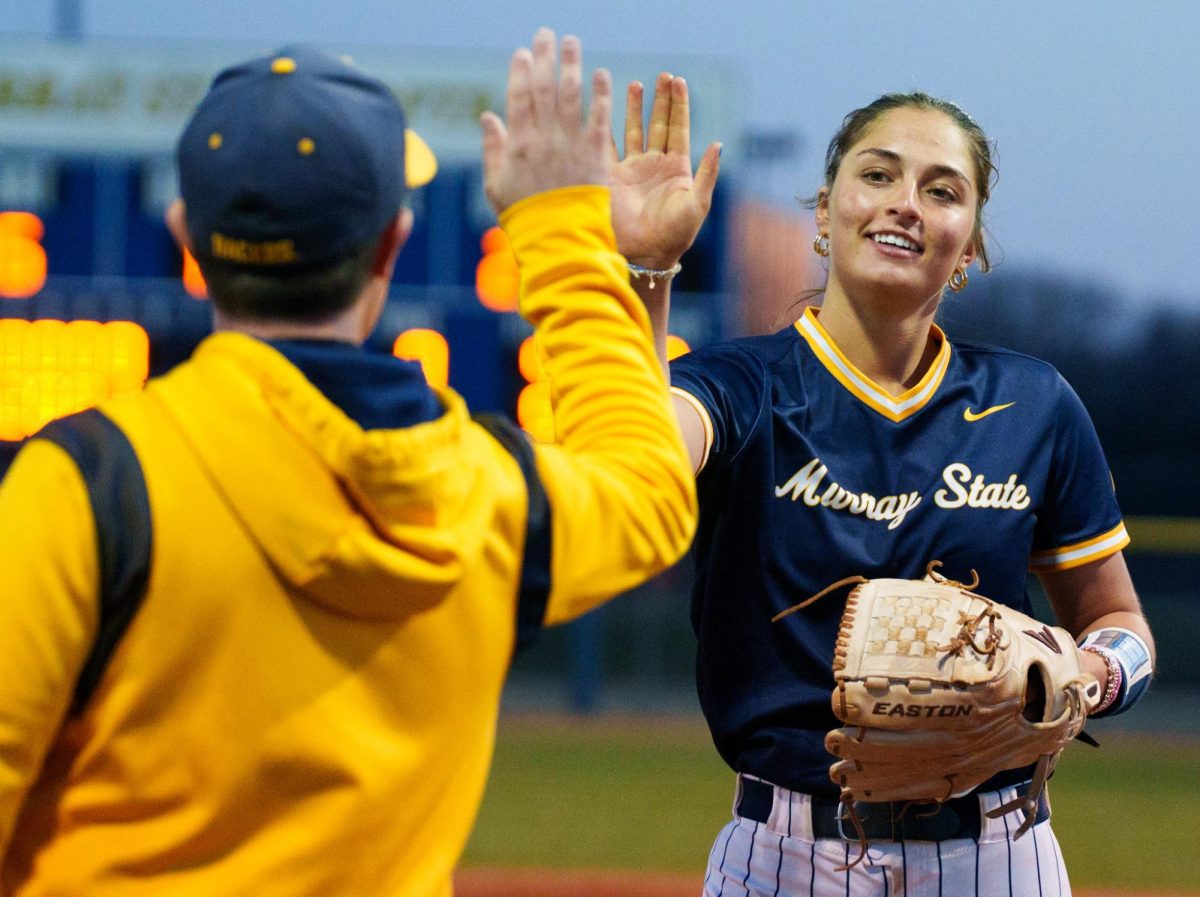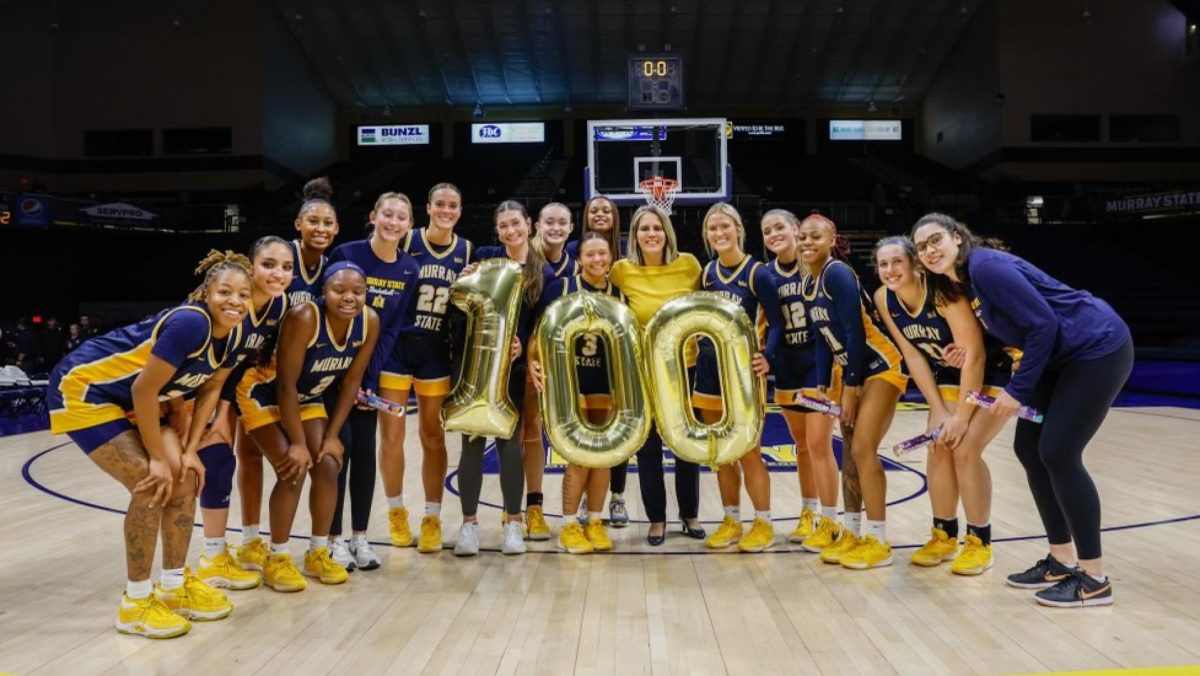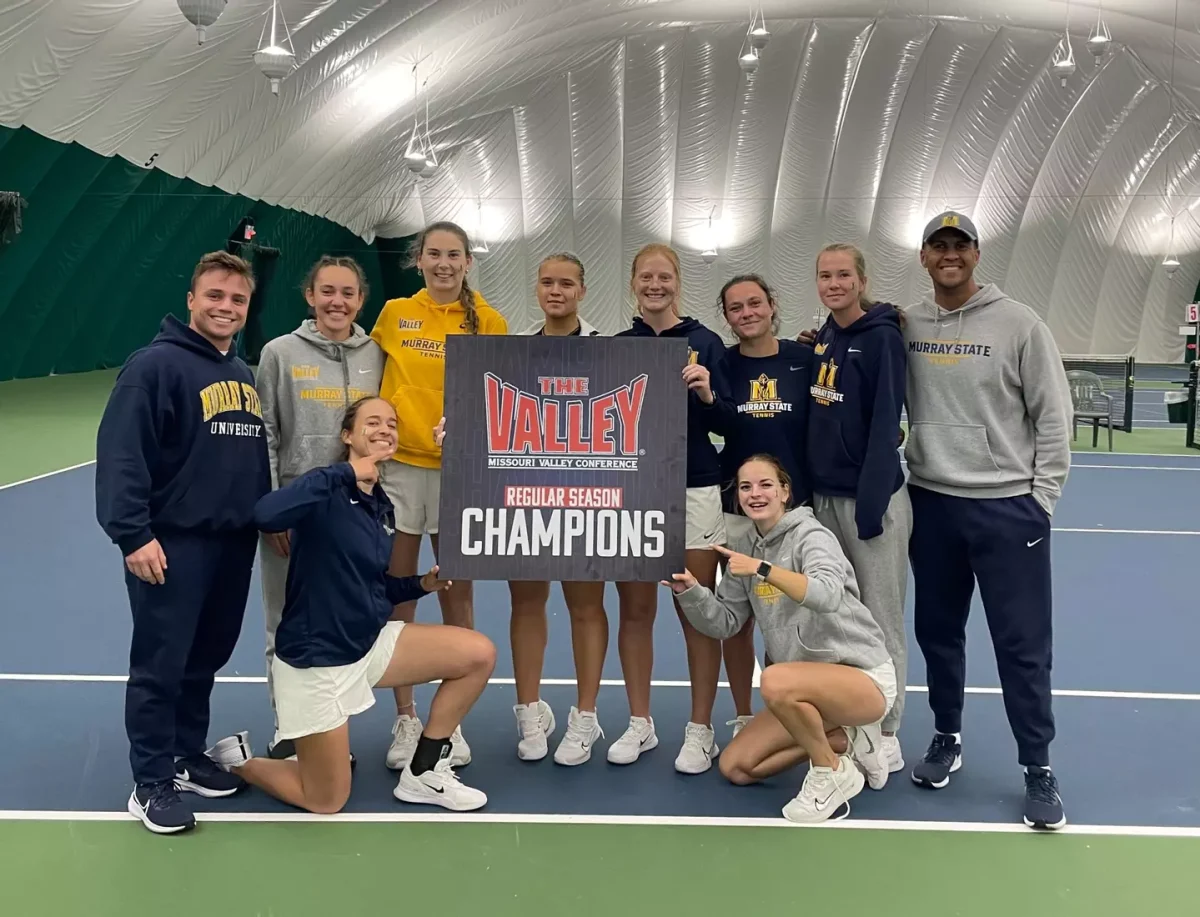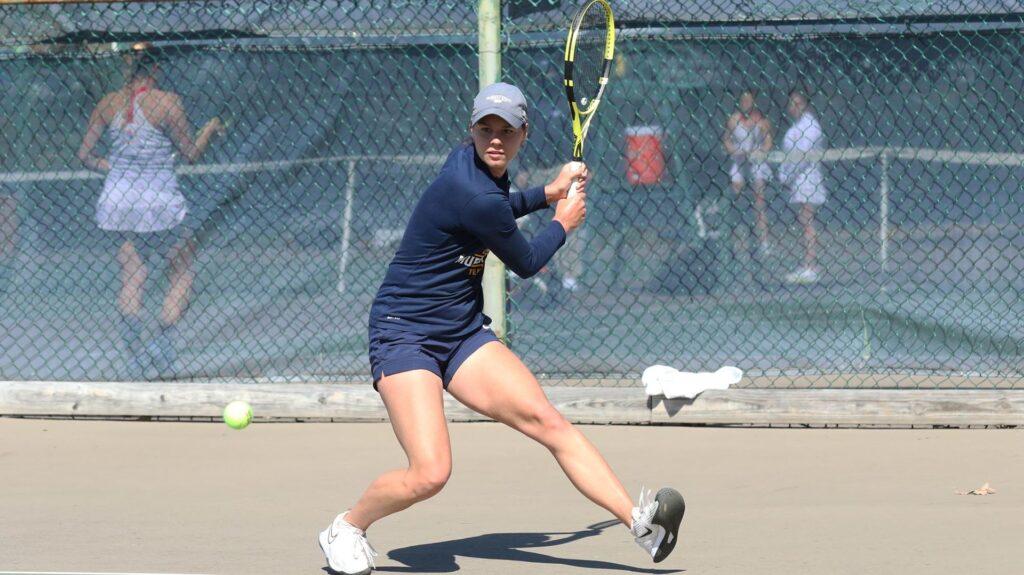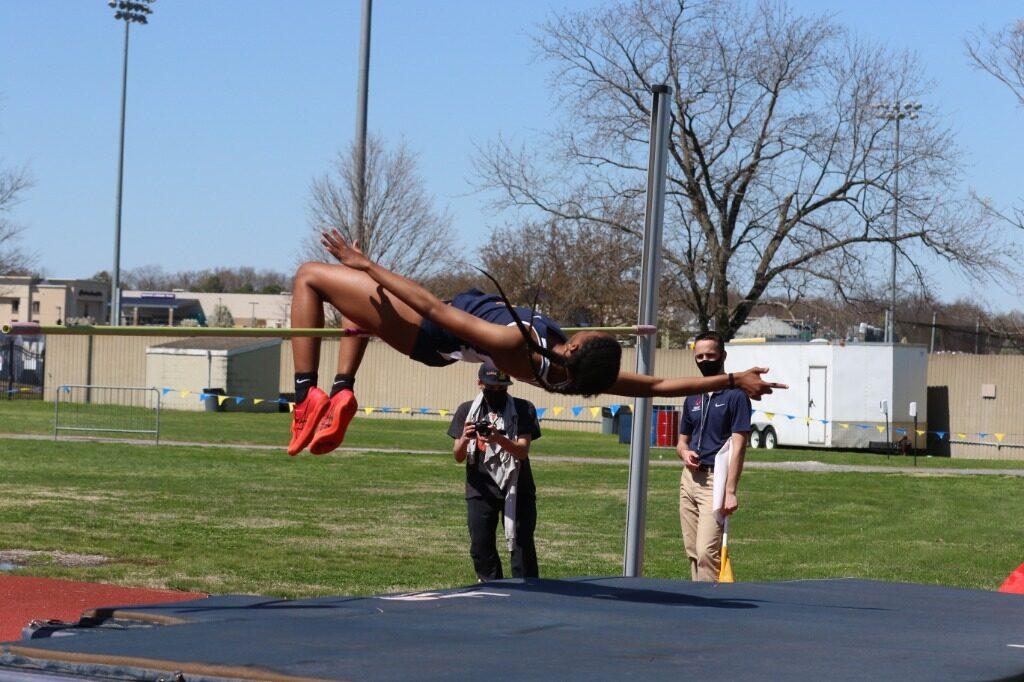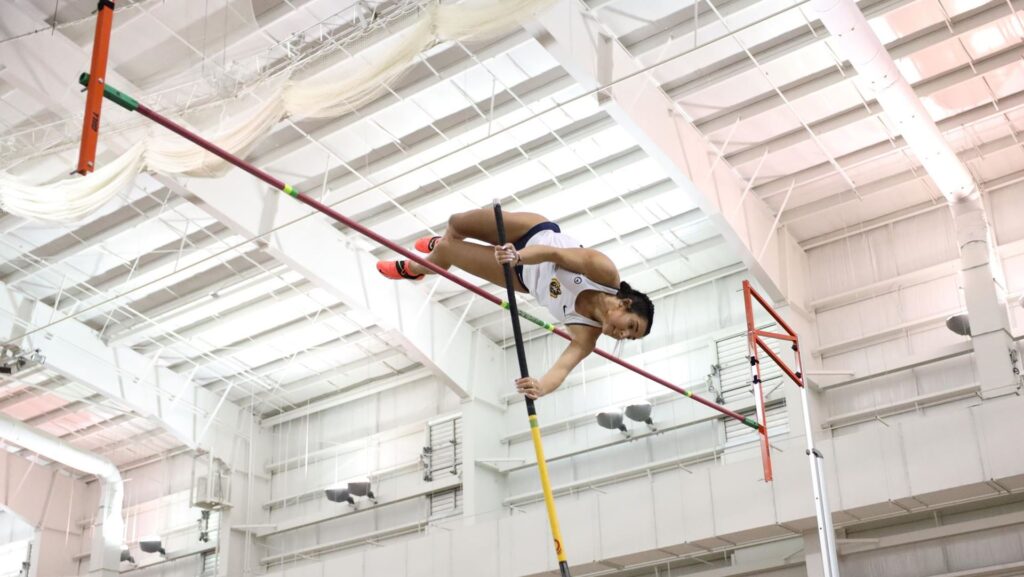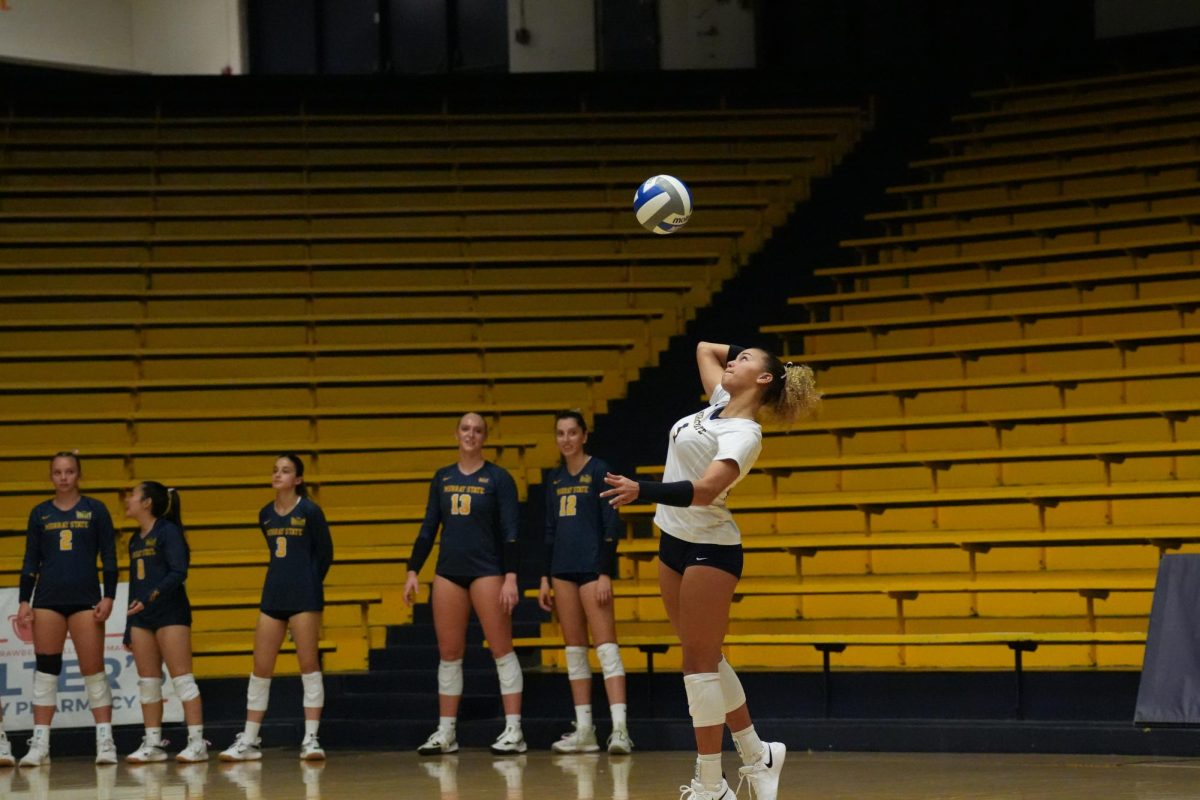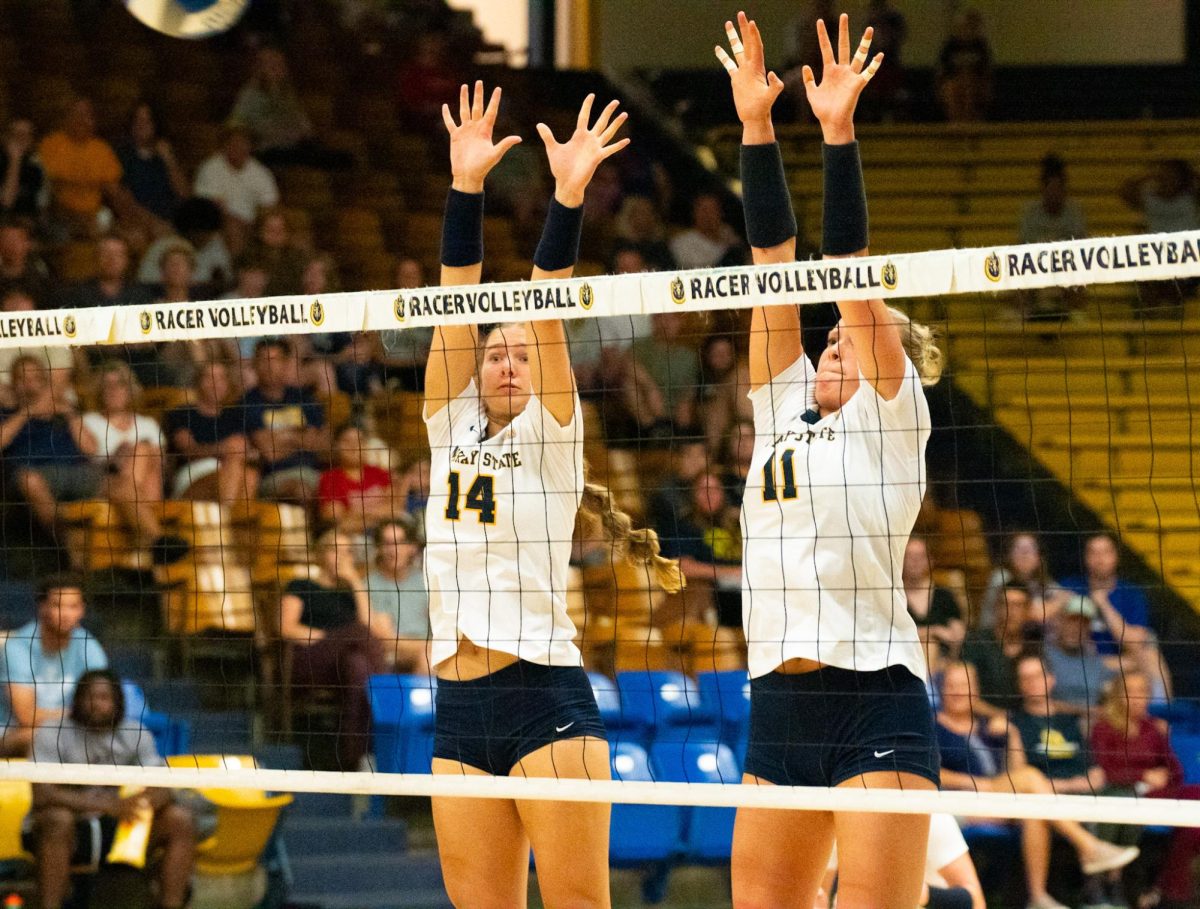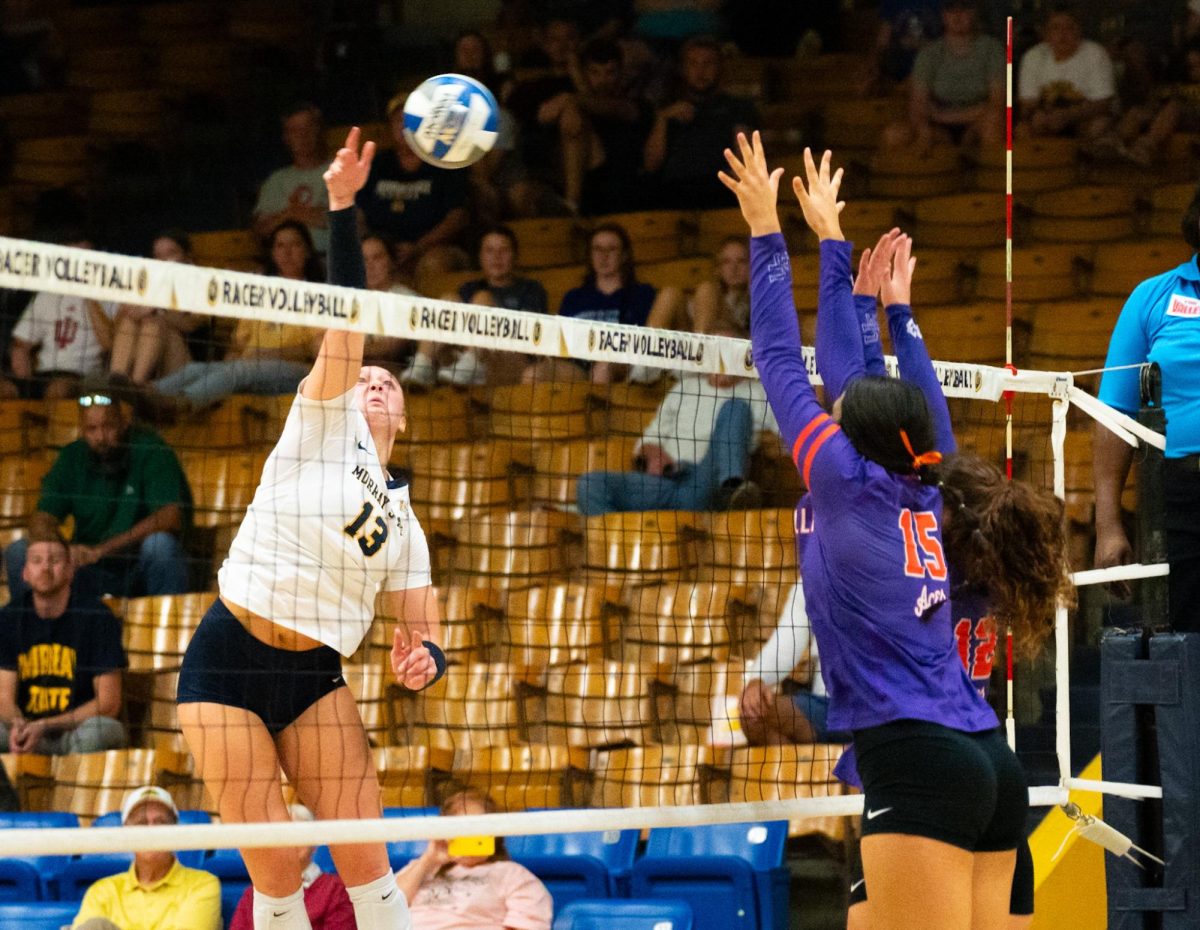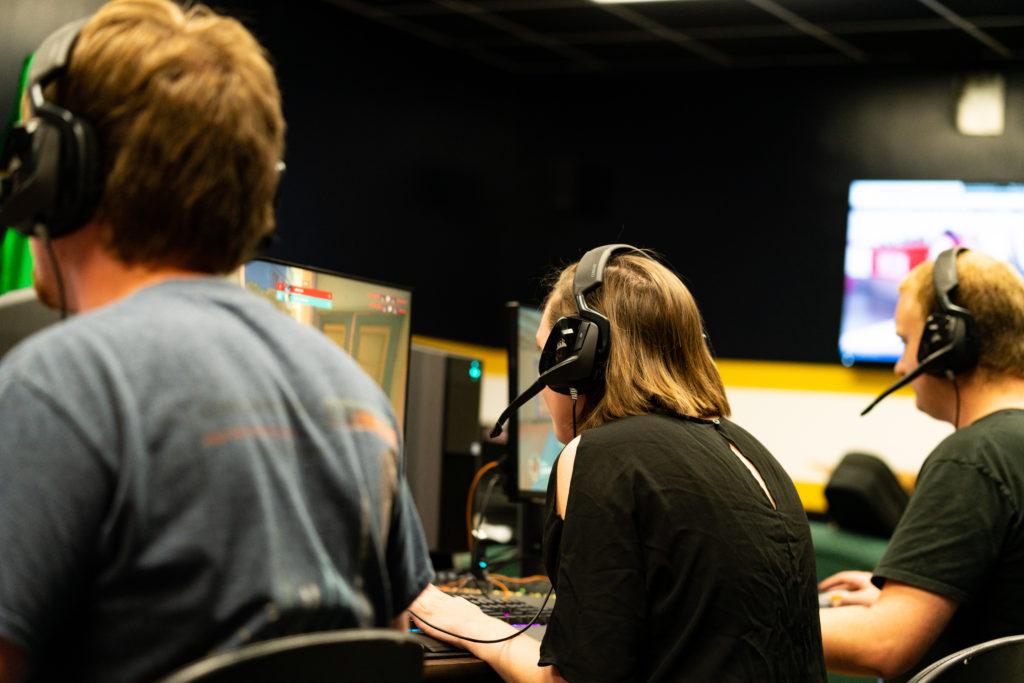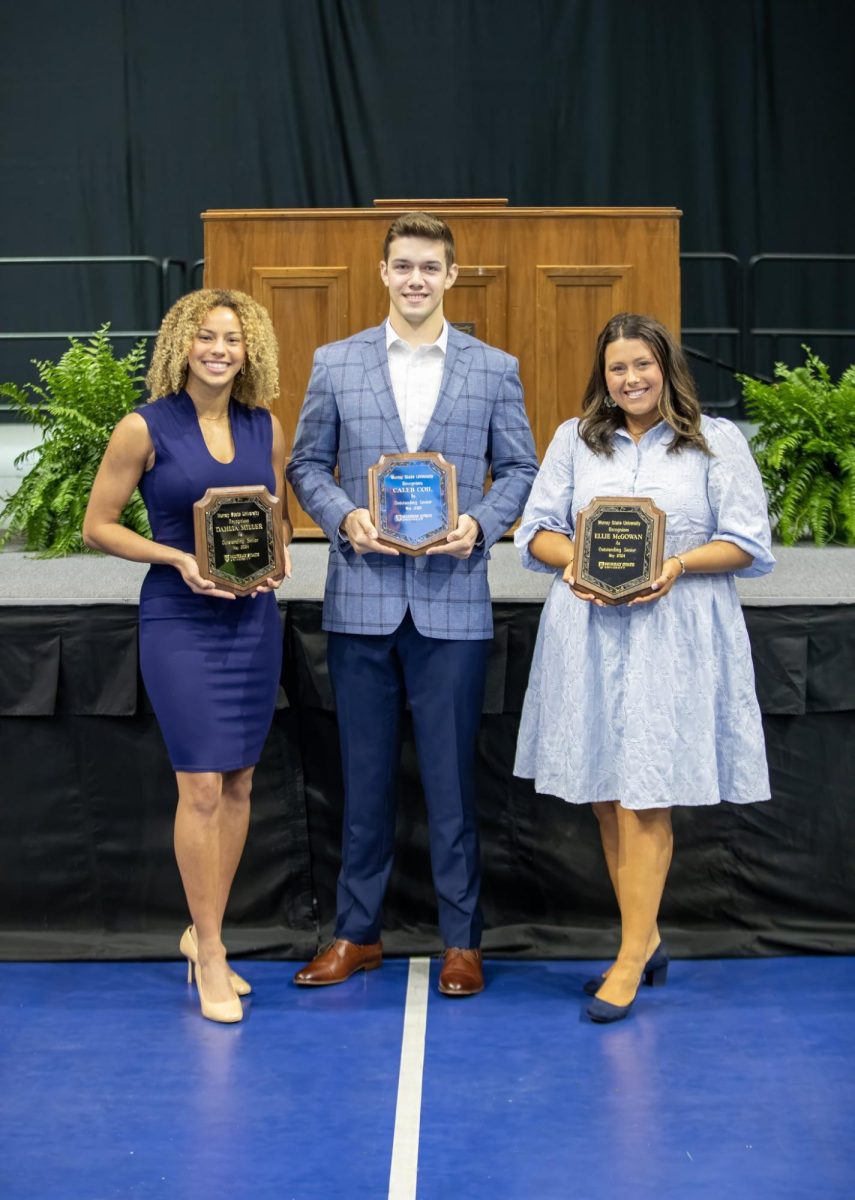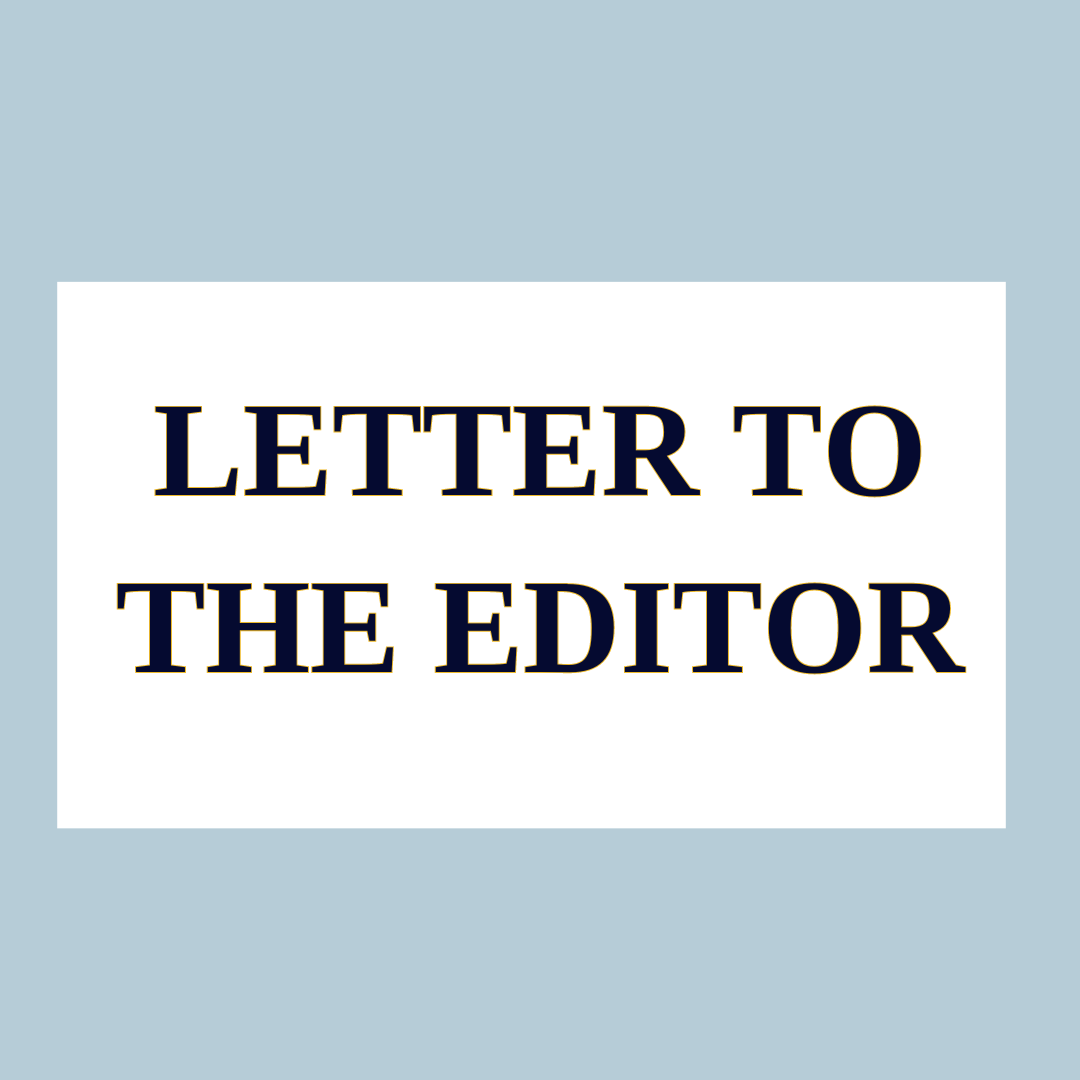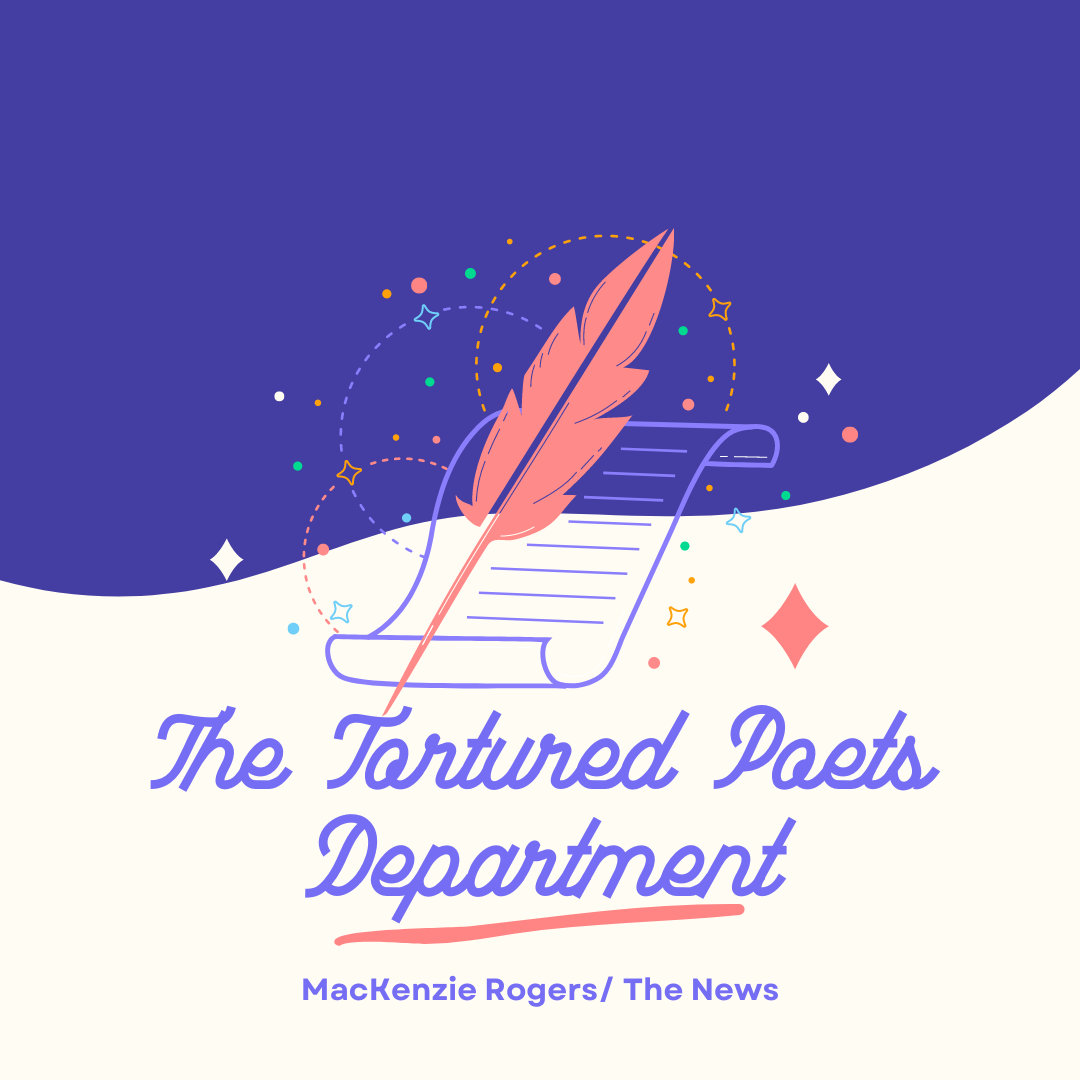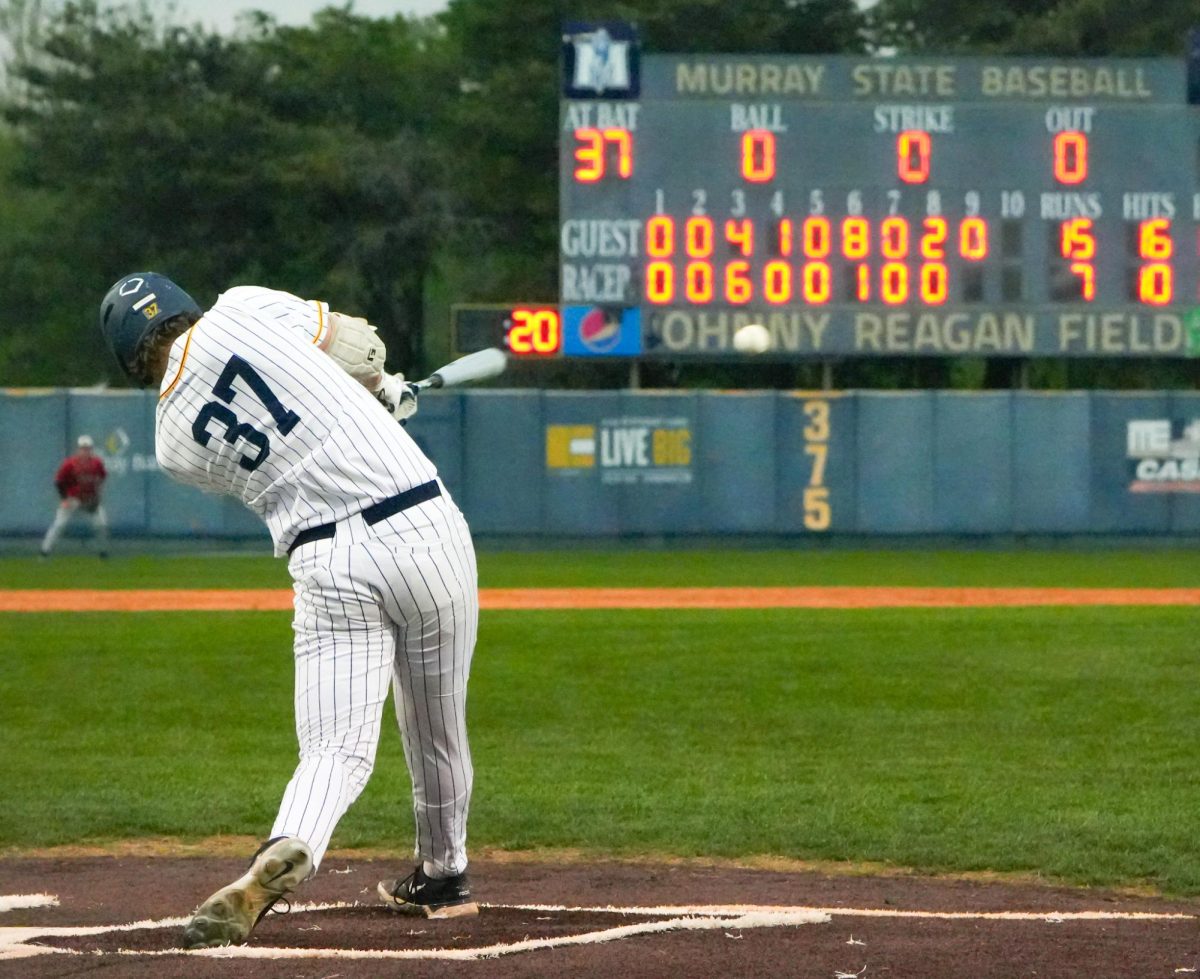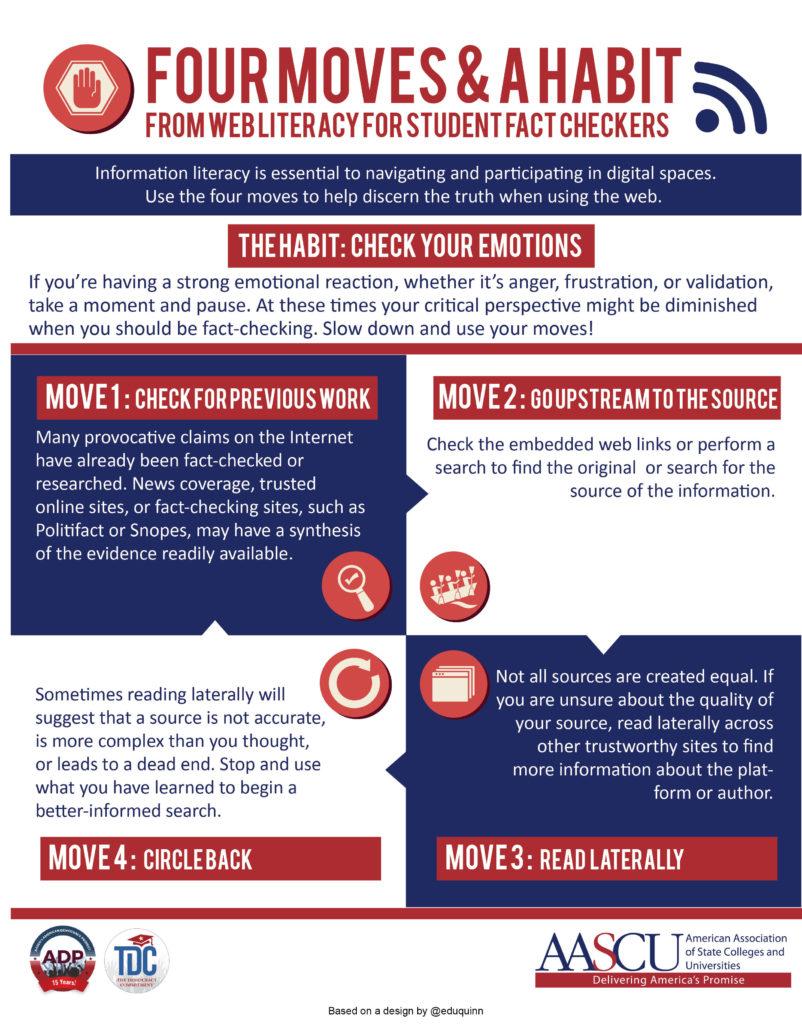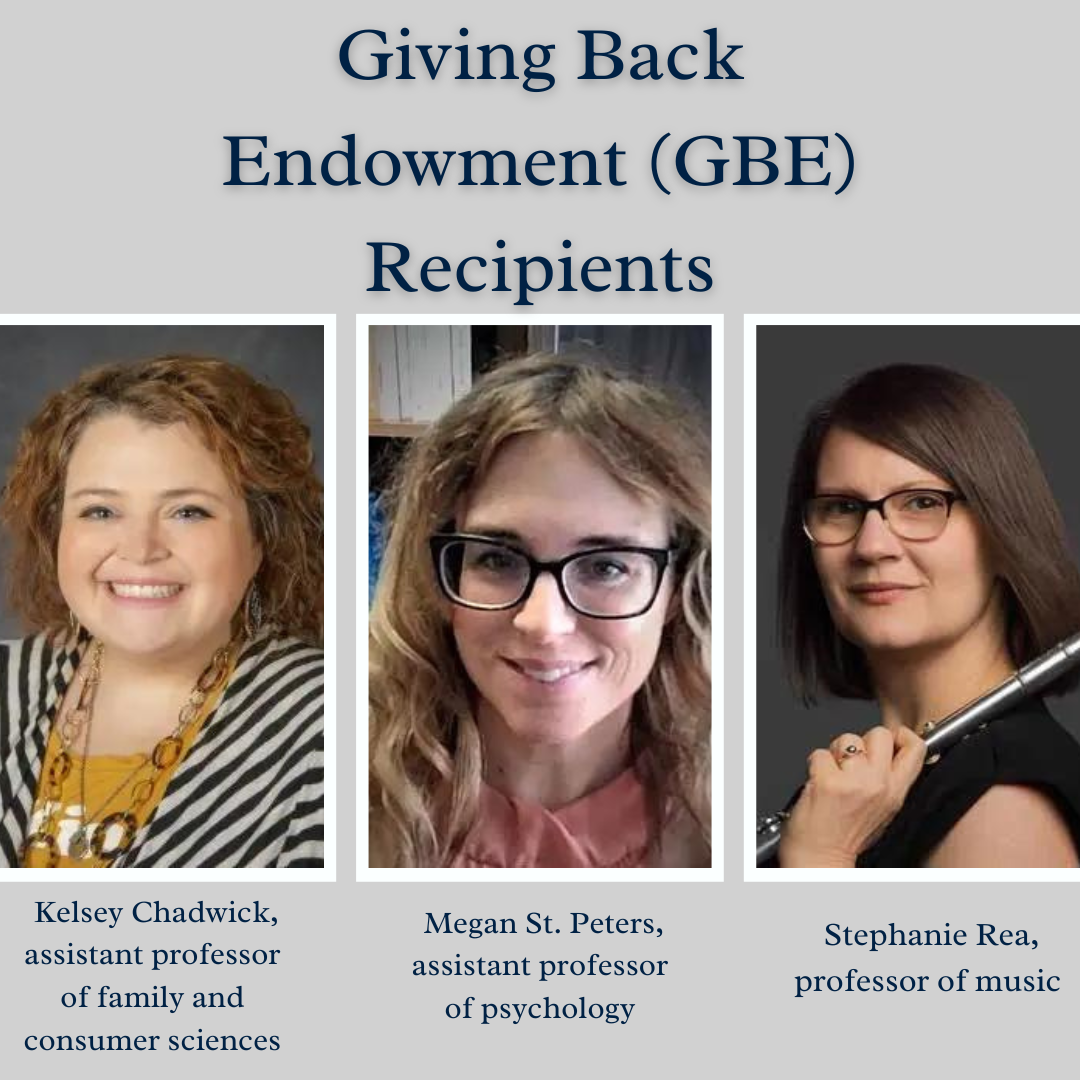Dionte Berry
Contributing Writer
With the continuing pandemic, nationwide protests for the Black Lives Matter movement and an upcoming presidential election, there has been an overload of information in the media, as well as an increase in misinformation.
Media literacy is the ability to understand the medium often online news and evaluate its legitimacy.
Research and Instruction librarian and liaison for the College of Business Dana Statton Thompson discussed the importance of media literacy with The News.
“Being aware and reflecting on your news consumption habits is the first step to becoming media literate,” Thompson said.
Becoming literate means understanding the news, where it’s coming from, who’s writing it and for what purpose as well as noticing bias.
“Having media literacy means you can look past bias and get to see both sides of a story to try to figure out what is the truth or the agenda of that agency,” Thompson said.
Beyond awareness there are other steps one should take to understand the media they are consuming and its legitimacy. Mike Caulfield, director of Blended and Network learning at Washington State University, developed “Four Steps and a Habit” to educate readers on how they should view news.
The four steps for evaluating an article are to check for previous work, upstream the source, read laterally and circle back. Thompson also said it’s important for the reader to check the emotions of the media.
“If anything illicting a very strong emotion either happiness, anger, pride or vindication, you may automatically want to share it because you think it’s right,” Thompson said. “You should take a pause and reconsider what you’re reading because it may play into our confirmation bias.”
Confirmation bias is when people are more likely to accept something as true because they want to believe it as such which is a variable in the creation of fake news.
“When we read things that already agree with our political worldview, it’s a lot easier for us to share those kinds of things without doing the research,” Thompson said.
Media literacy is important in light of fake news. If people were to pause and follow the four steps and a habit, then the dissemination of fake news may not be as common.
“A lot of the time fake news sources will use a real image but use it in the wrong context,” Thompson said. “We are trained to believe what we see or to think that photographs represent truth when the truth is really contextual and depends on a lot of different factors.”
Senior public relations instructor Elizabeth Thomas is also familiar with checking the legitimacy of news and making sure she avoids misinformation.
“I try to avoid going to random Facebook or Twitter posts that have some outrageous headline,” Thomas said.
Twitter and Facebook are among several other social media platforms that have been known to have copious amounts of fake news.
“Facebook and Twitter just uncovered around a million Russian bots that were publishing under a fake publication that looked legit,” Thomas said. “It was fake news designed to sway our election.”
Thomas has seen firsthand how easy it is for fake news to catch traction.
“A couple years ago some Murray State students made a fake post saying there were sharks in Kentucky Lake,” Thomas said. “They also photoshopped an image and the post went viral.”
When evaluating the validity of online news Thomas refers to Snopes.com.
“If you’re in doubt about an article you can take the headline or website of an article and go to Snopes.com and search it up and fact-check it,” Thomas said.
Growing up in a highly digital culture, students have their own sources they trust and ways to evaluate their news.
Alistair Majors, sophomore TESOL major, gets all of his news online and avoids misleading news by evaluating the source.
“Getting to know the person who is telling the news is a good start to seeing if it is credible or not,” Majors said.
When hearing about popular issues in the media Majors is sure to do his own research.
“It’s important to go beyond and research what is happening because I want to have the objective view,” Majors said. “I want to see all sides of the story.”
Along with Majors, Sophia Nardi, sophomore international studies major, also gets all her news online, primarily from Twitter.
“Twitter is where news appears first,” Nardi said. “Famous news organizations all have Twitter accounts and give constant updates.”
When considering what’s credible and what’s not, Nardi follows sources that are verified. For a source to be verified on Twitter they have to meet multiple standards, one of those being authenticity.
Nardi stays away from sources that aren’t verified by twitter. She is also wary of reporting bias and confirmation bias.
“People can be very biased,” Nardi said. “Even if something is false they will believe it because it goes along with their beliefs.”
For those who may need help evaluating media and safely researching there is a “Research Guides” tab on the Murray State Library website at lib.murraystate.edu/.
“The media isn’t bad or evil,” Thompson said. “It’s what you do with the media that determines its intent.”



